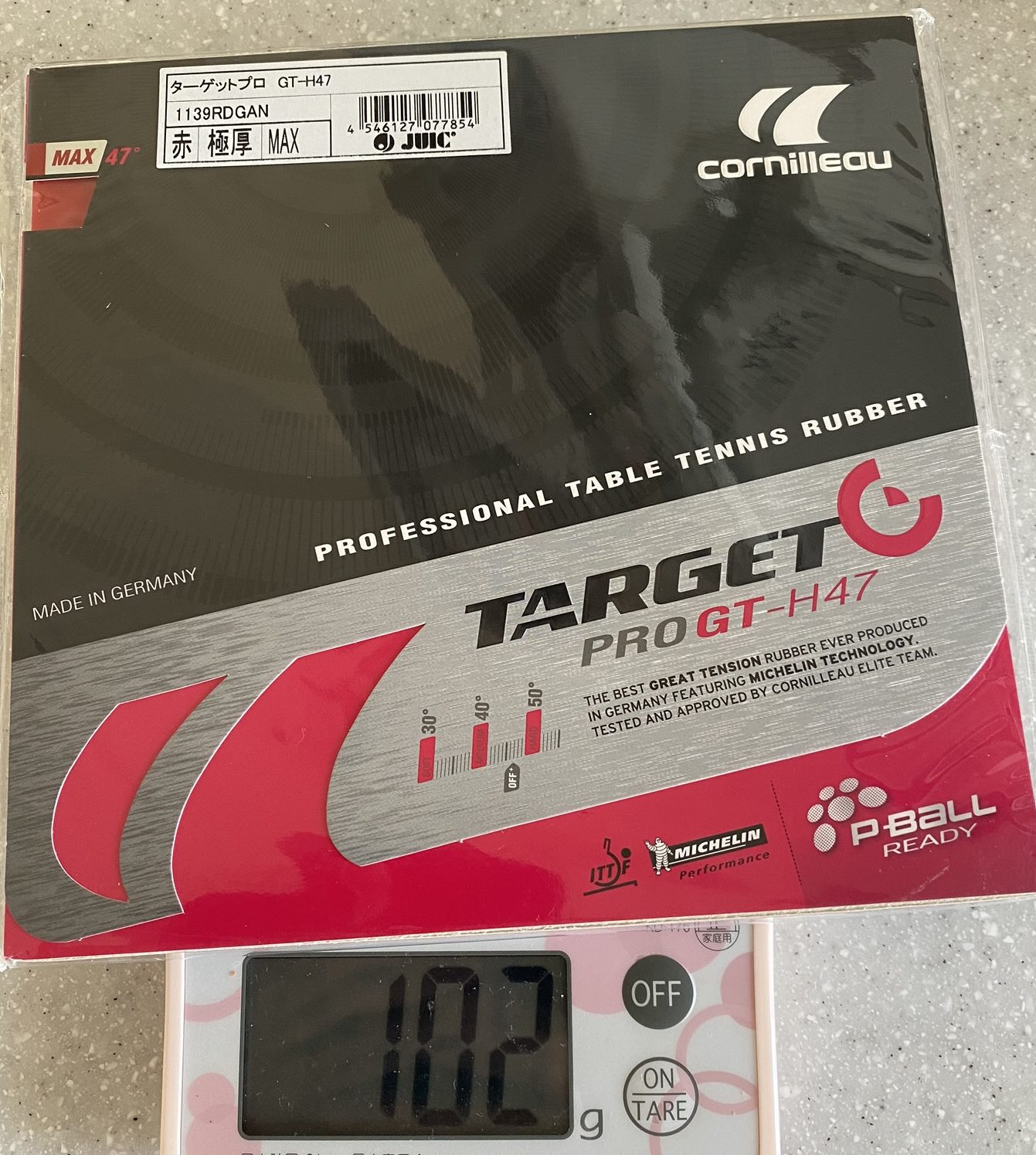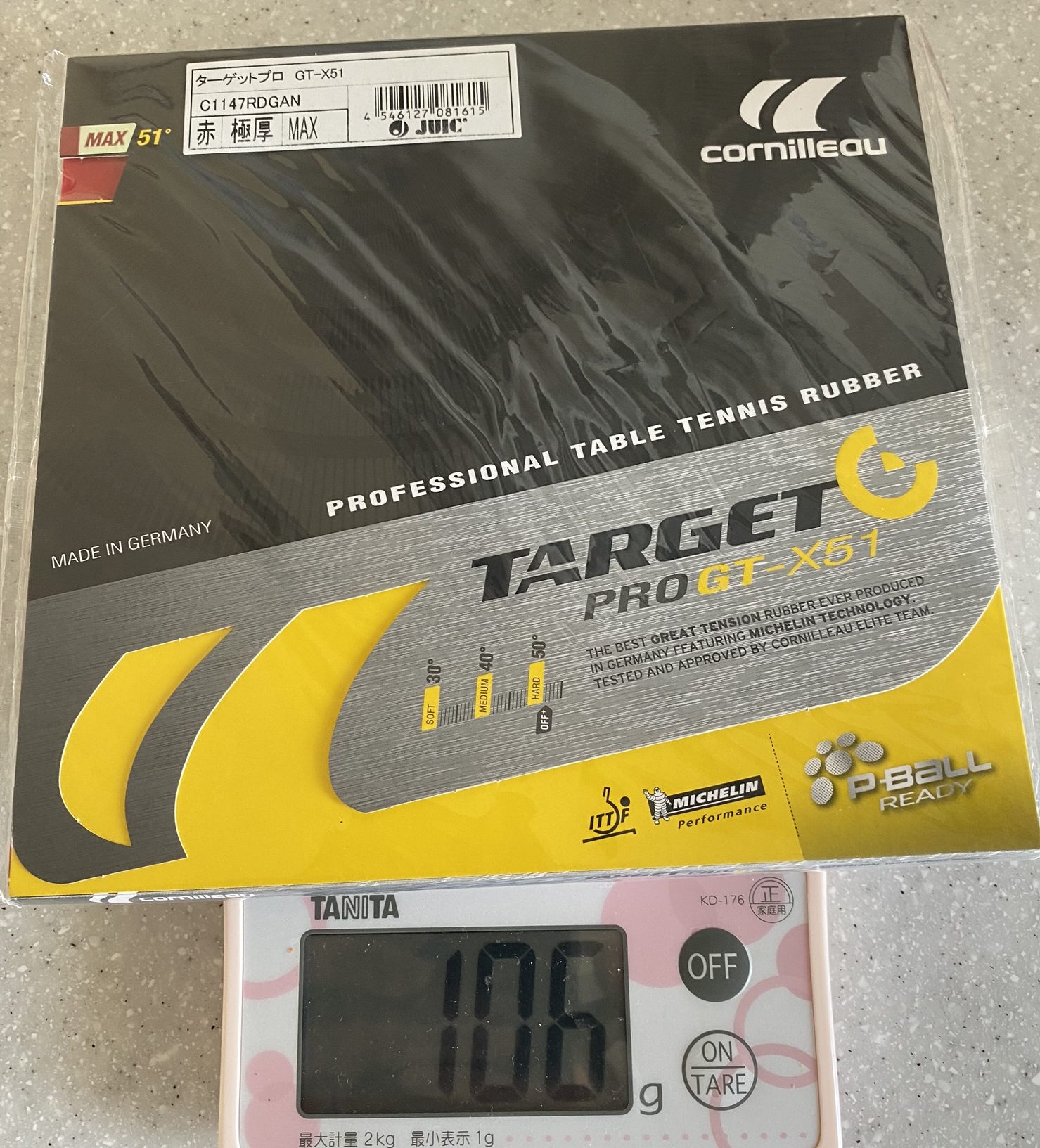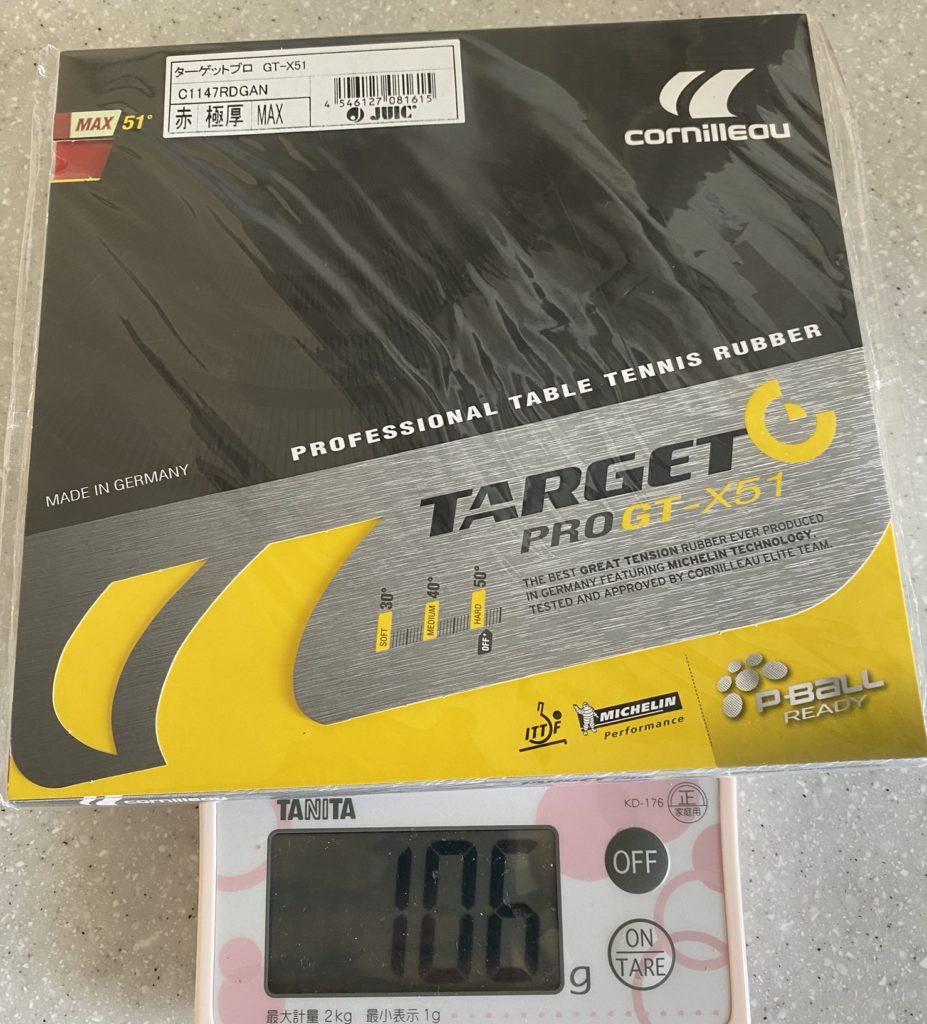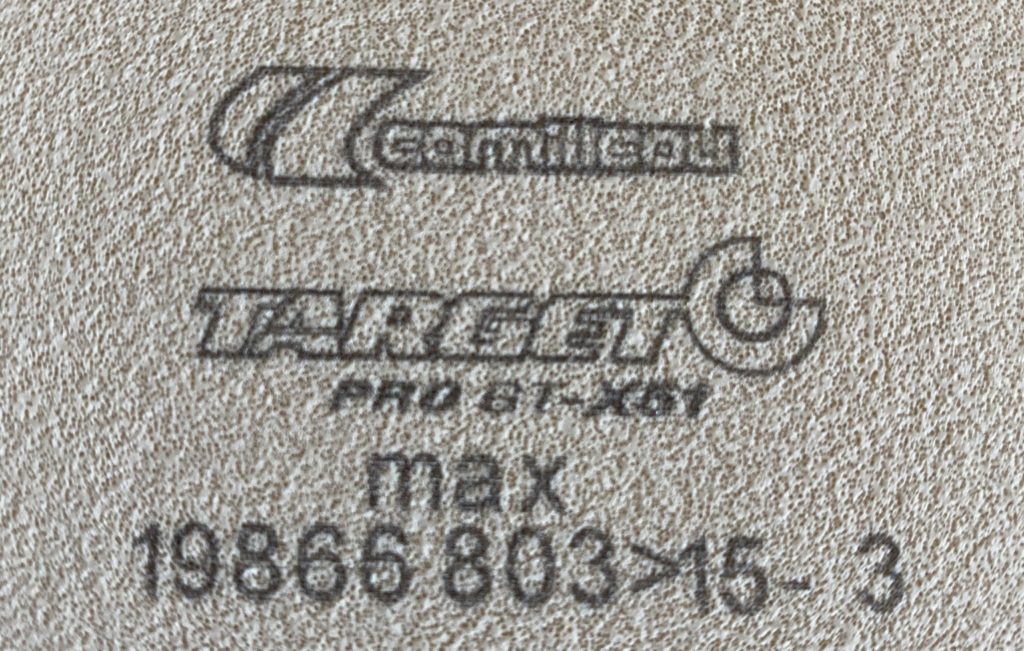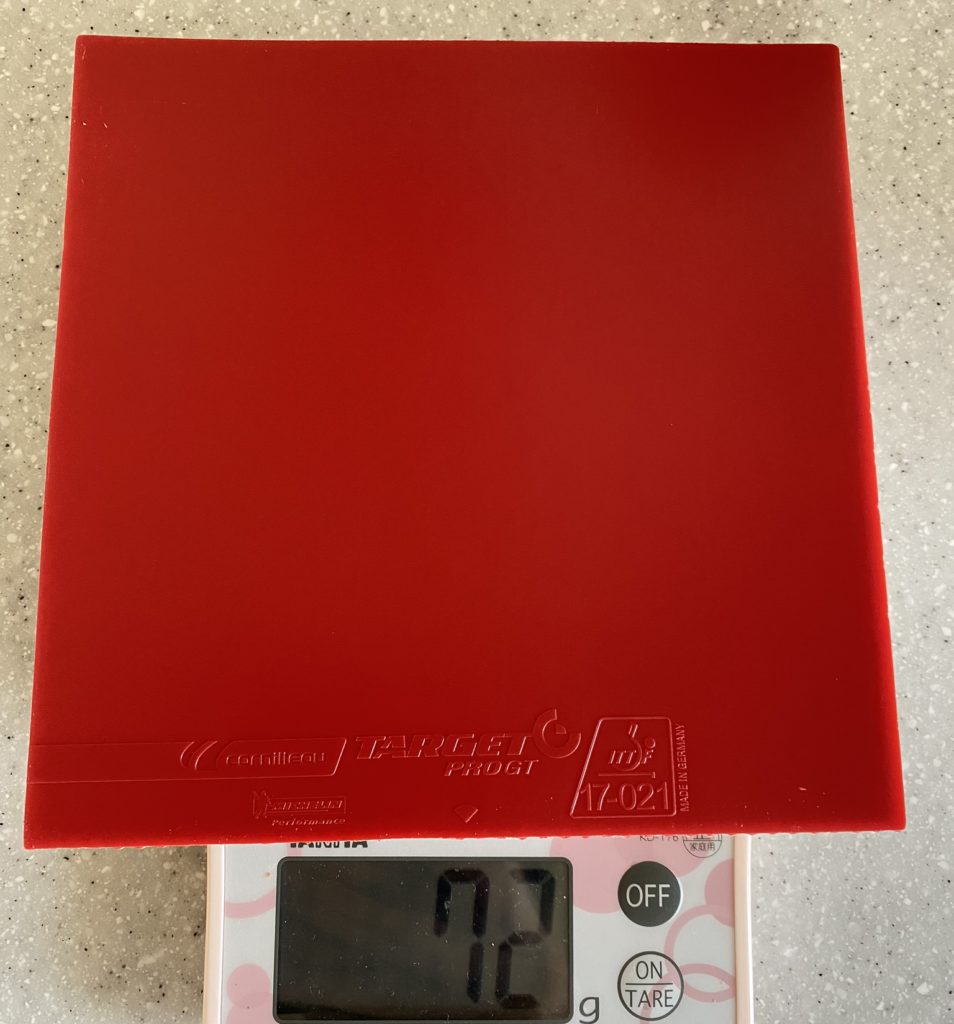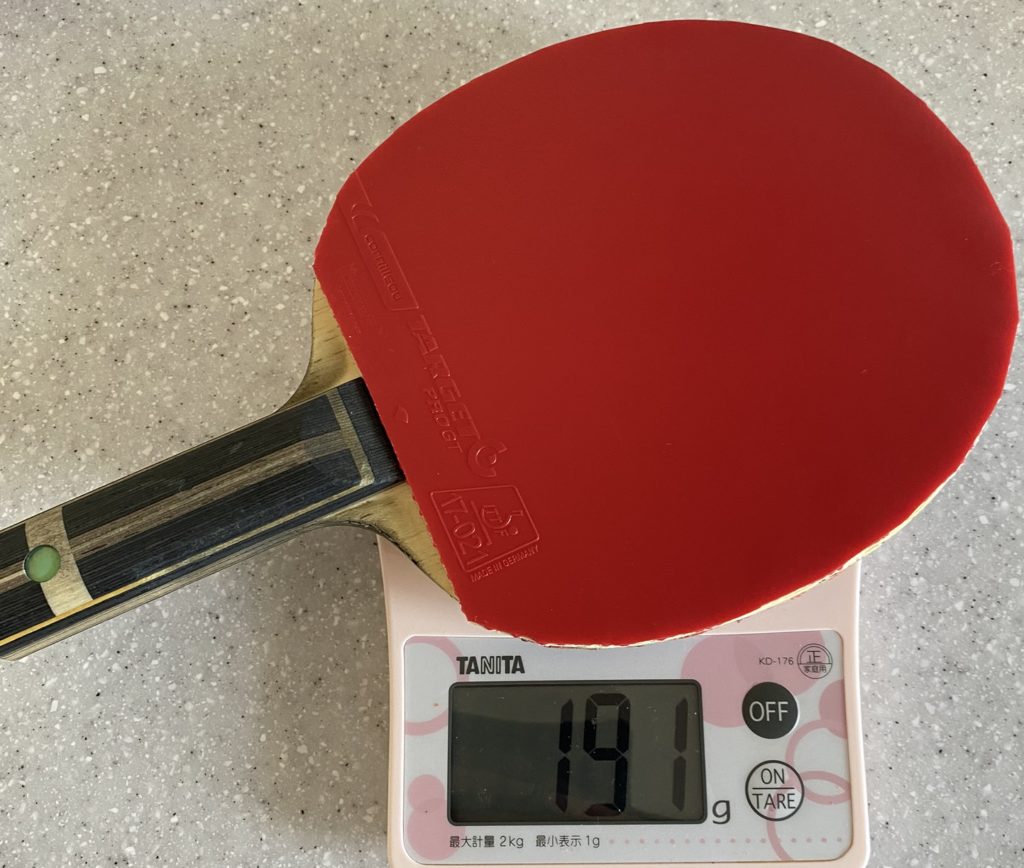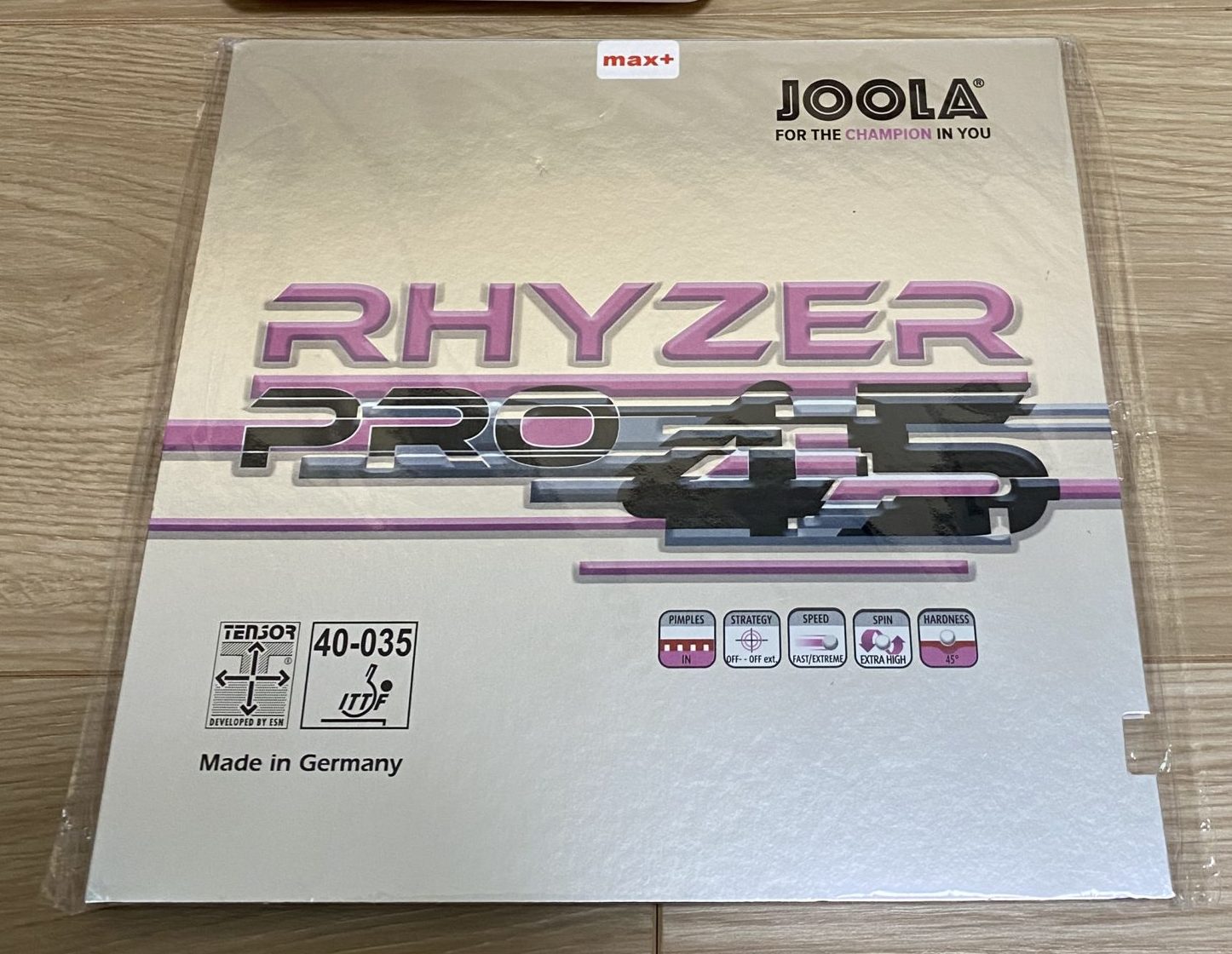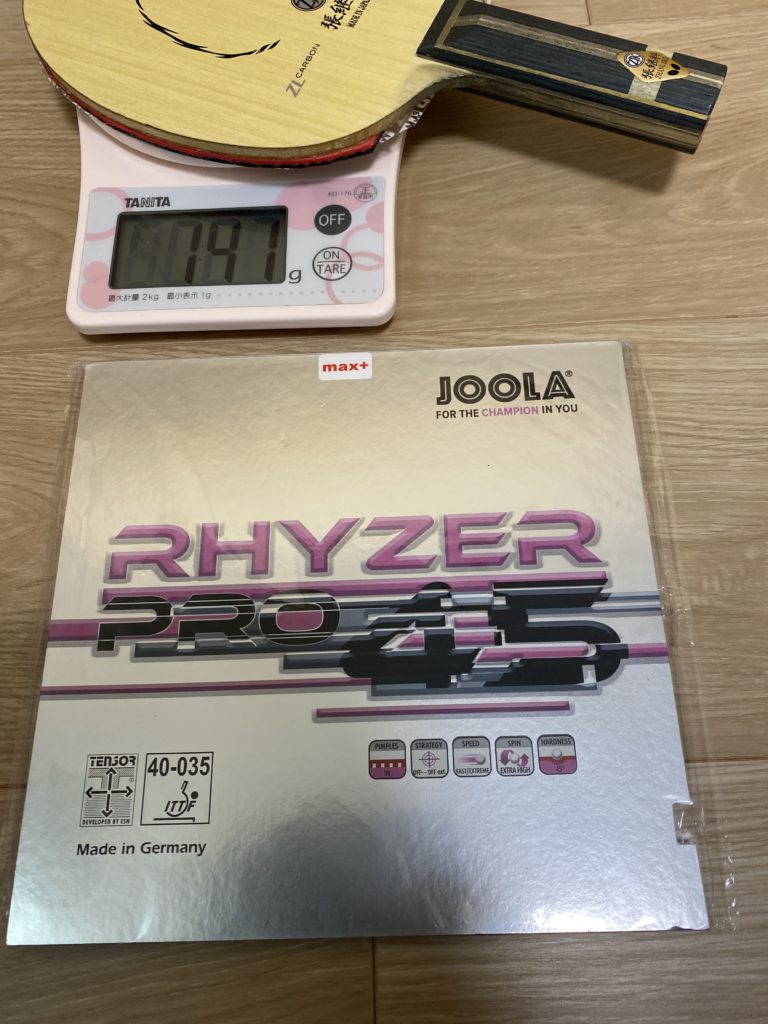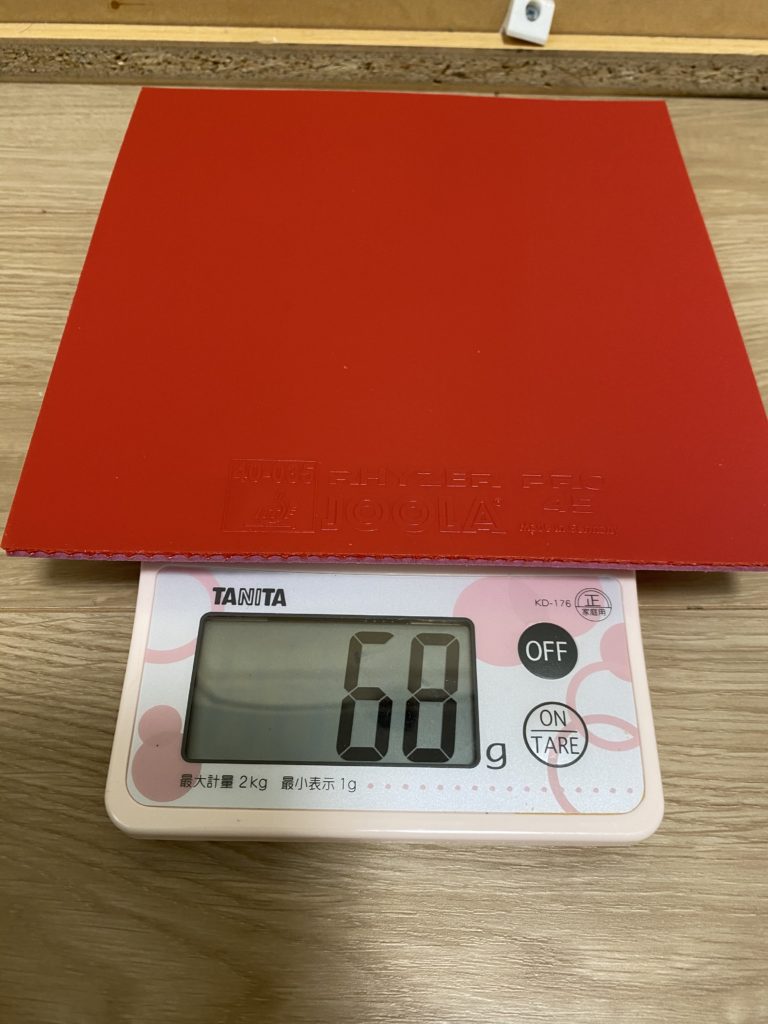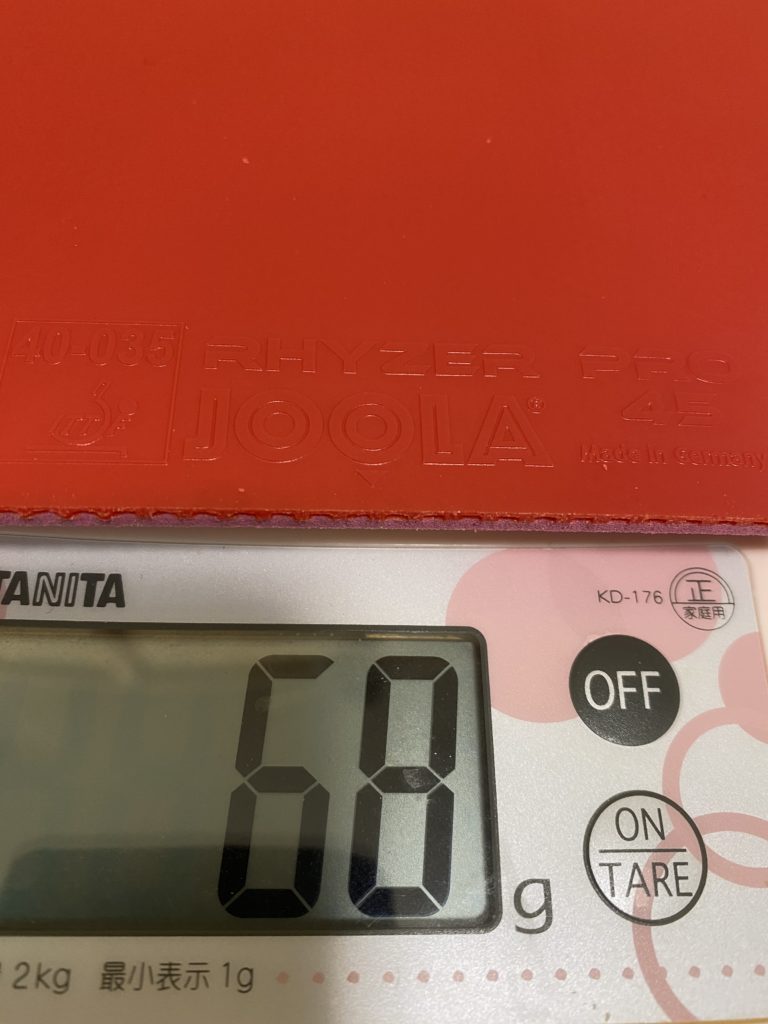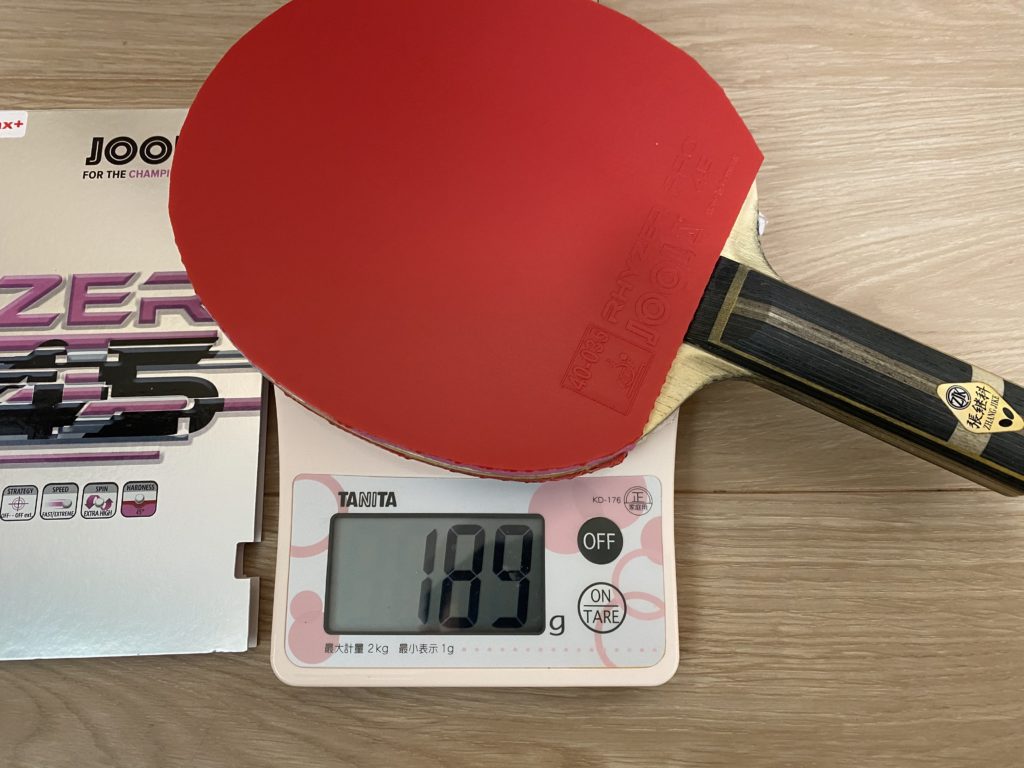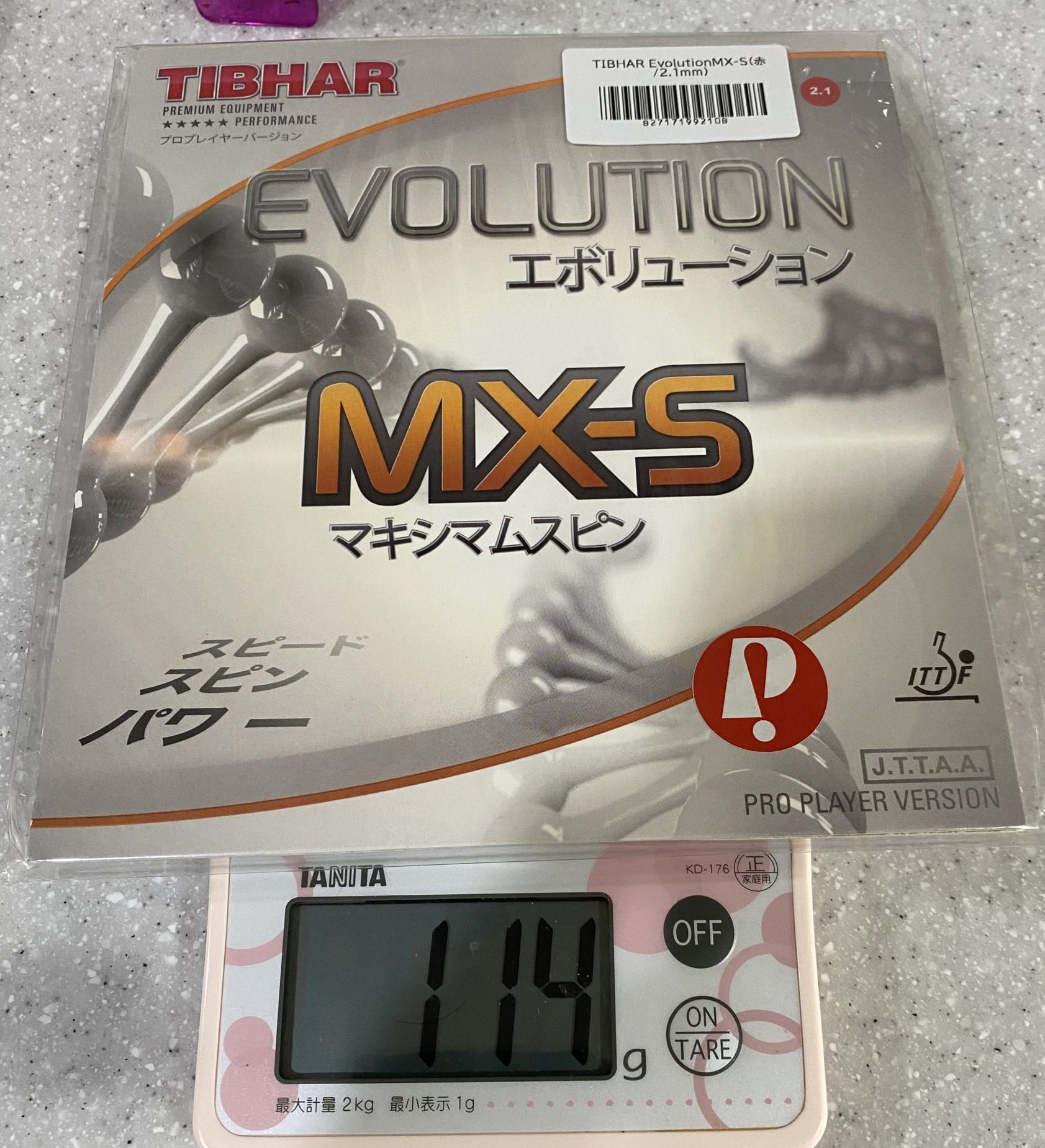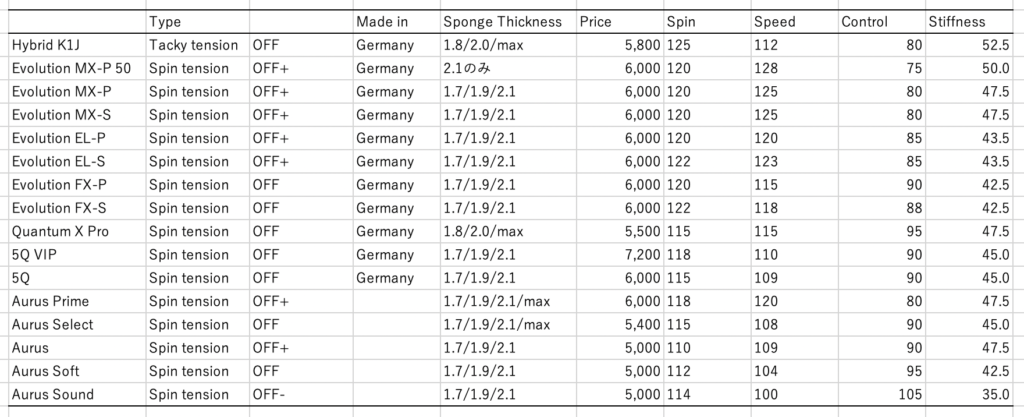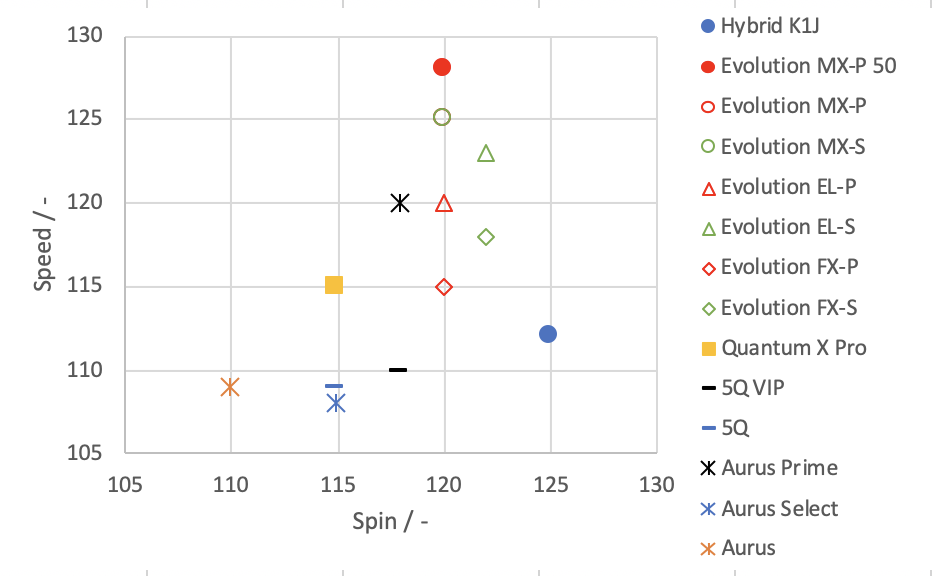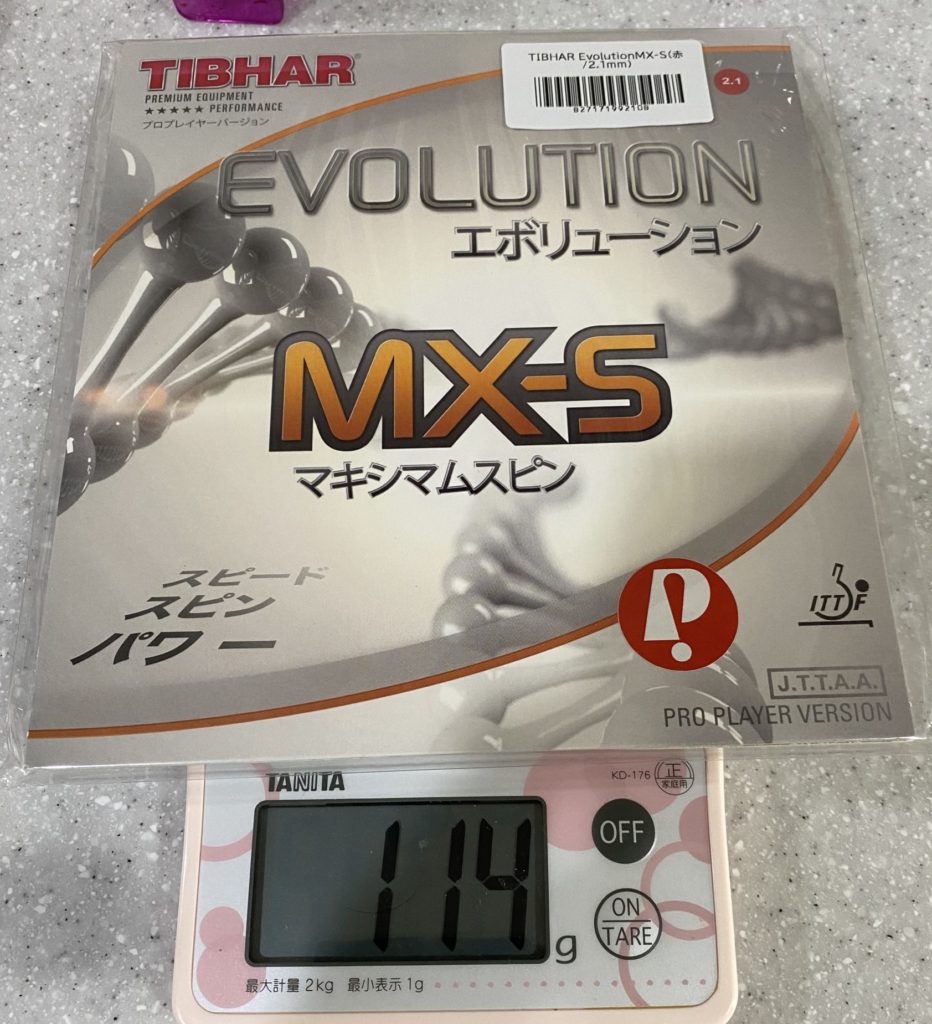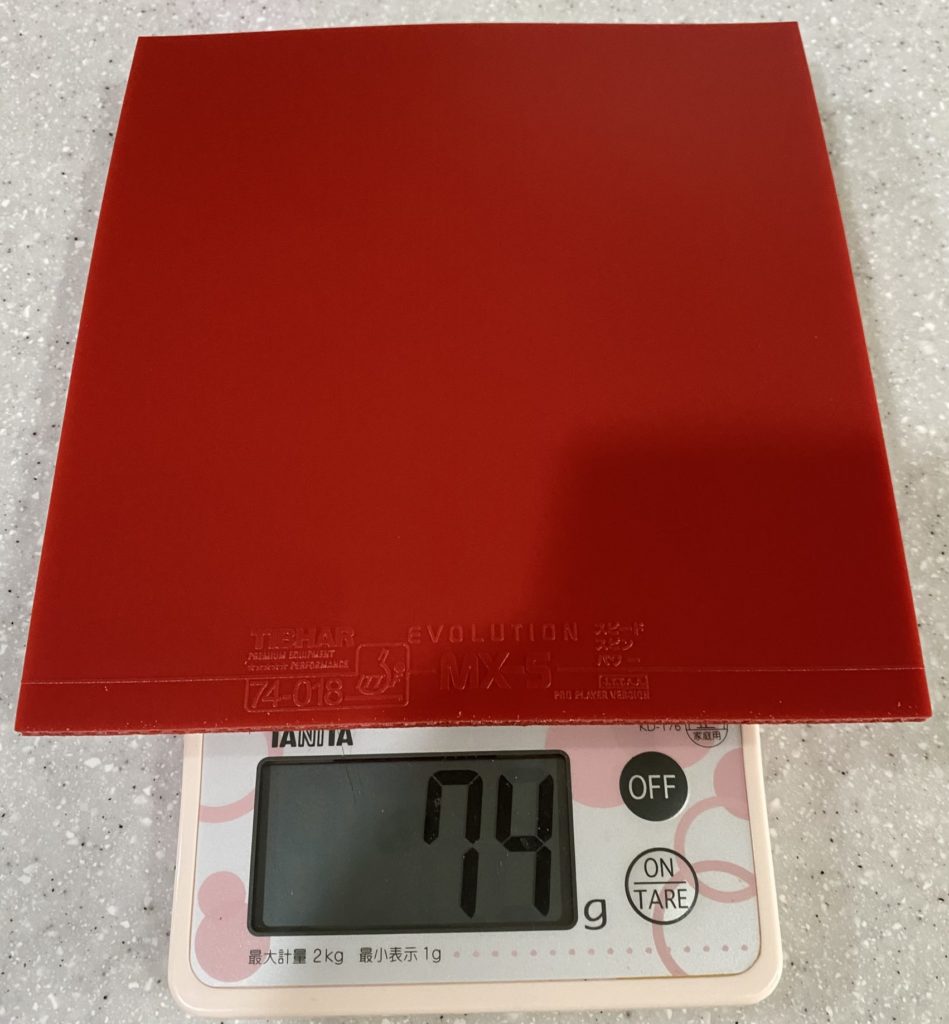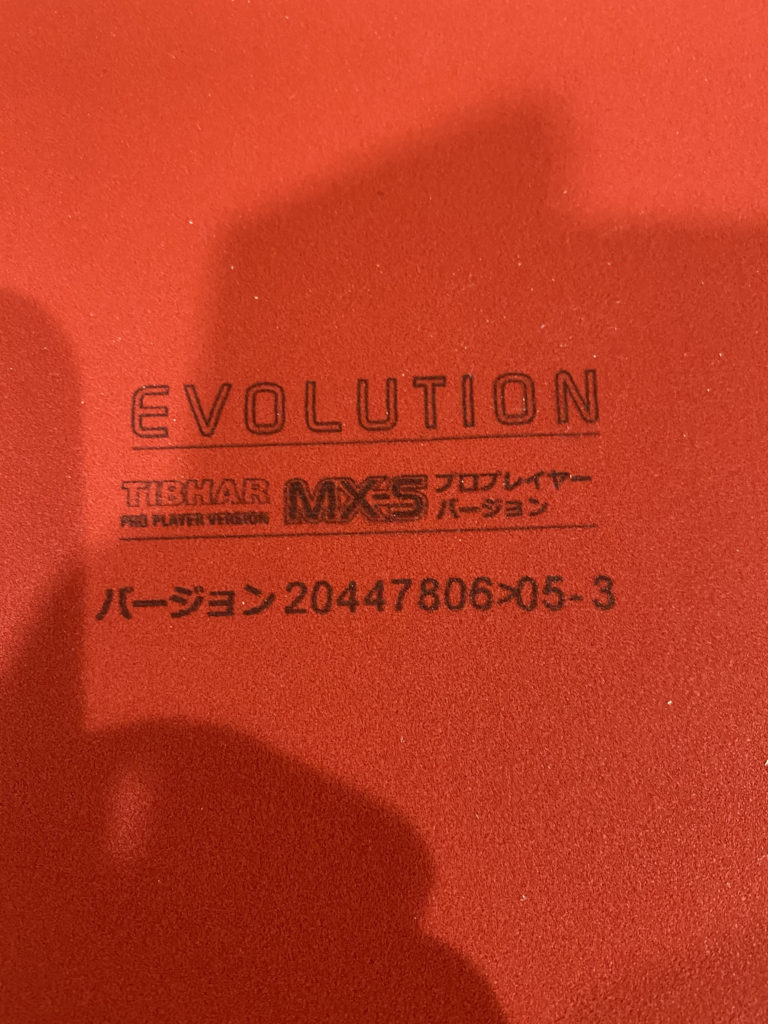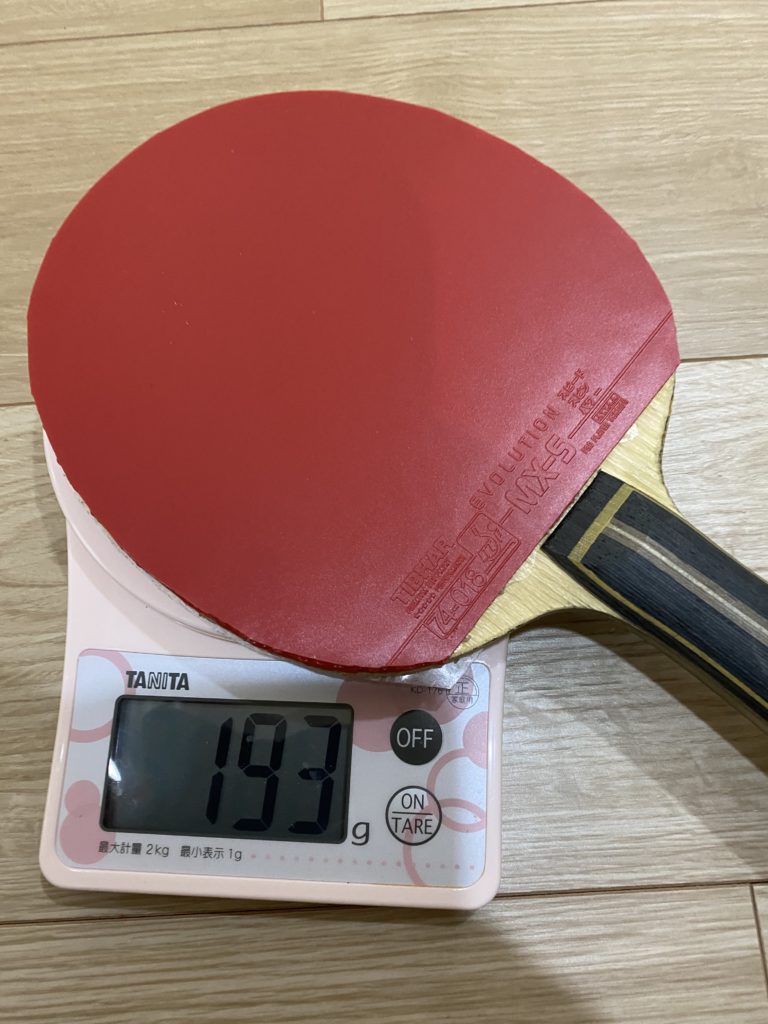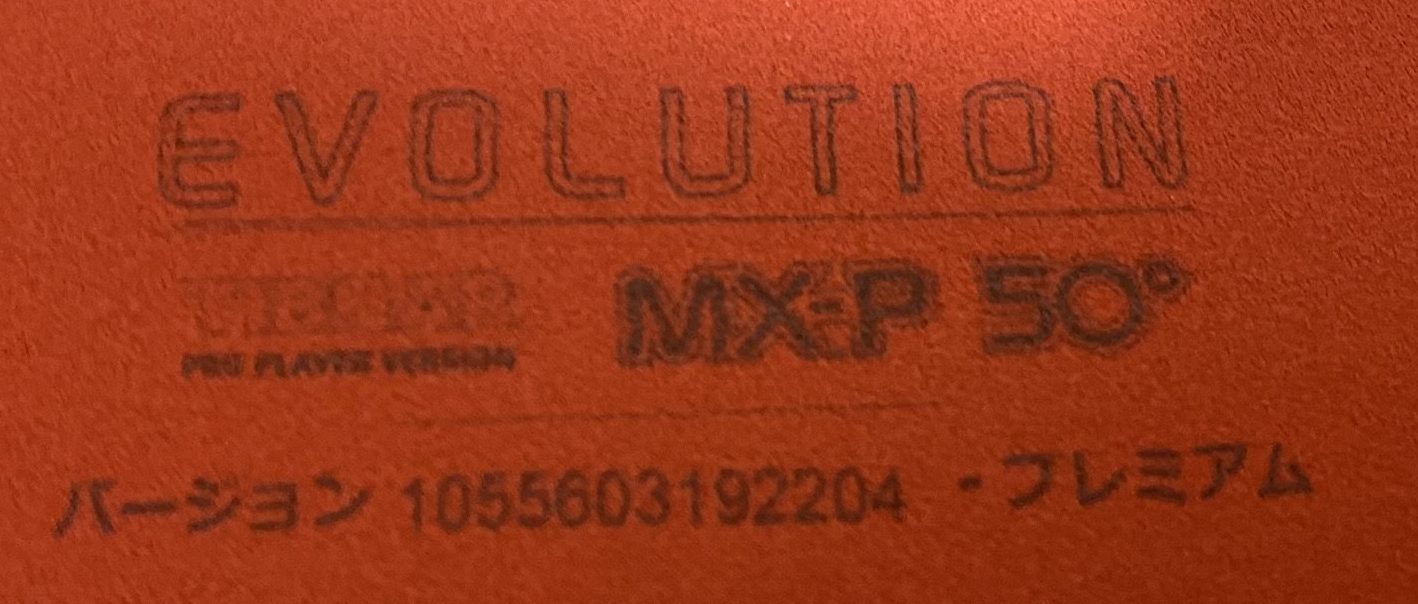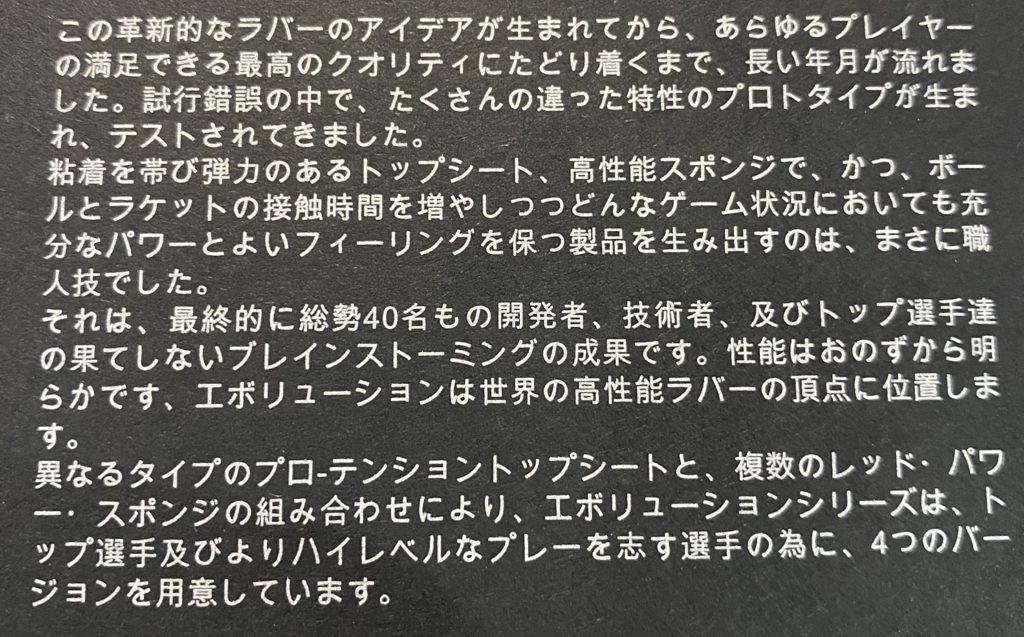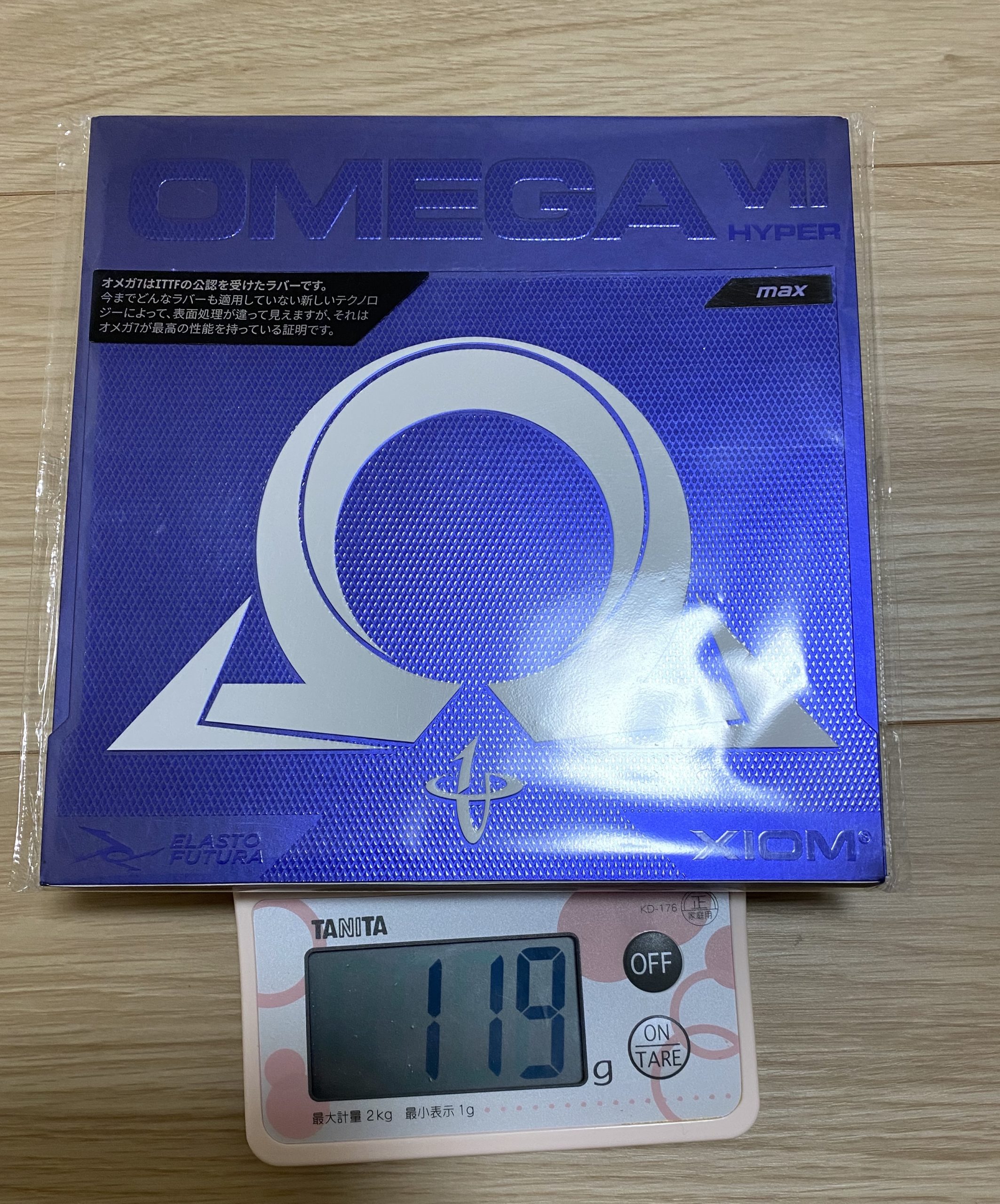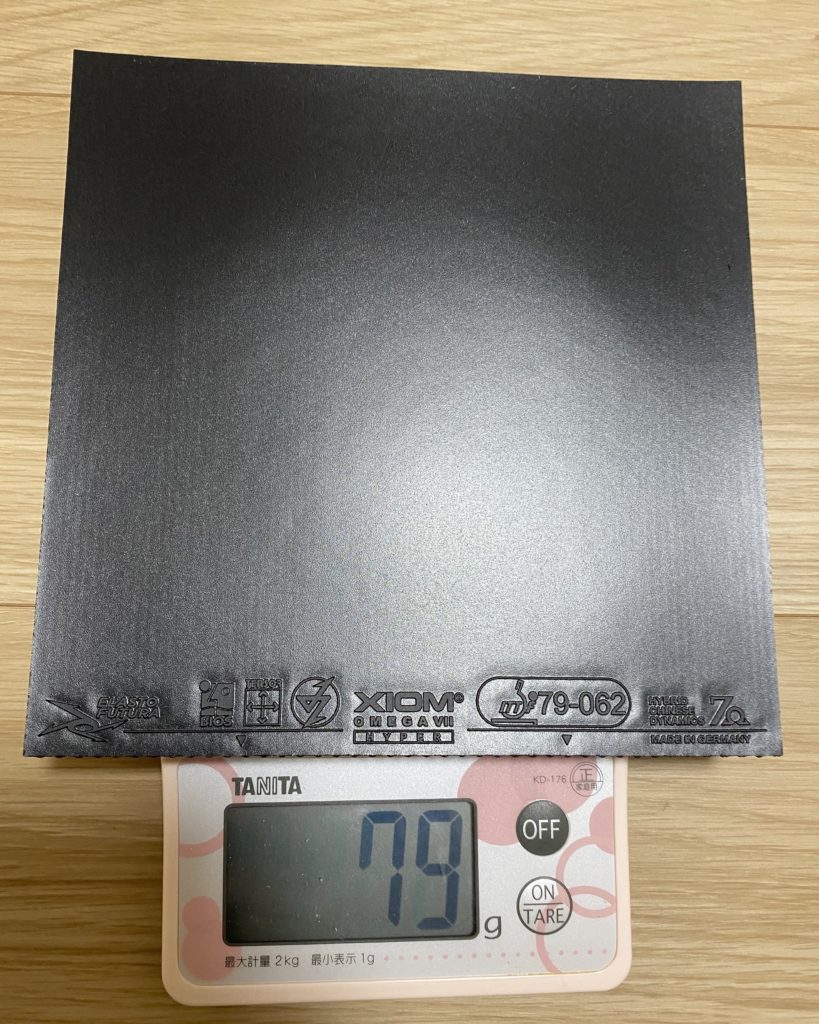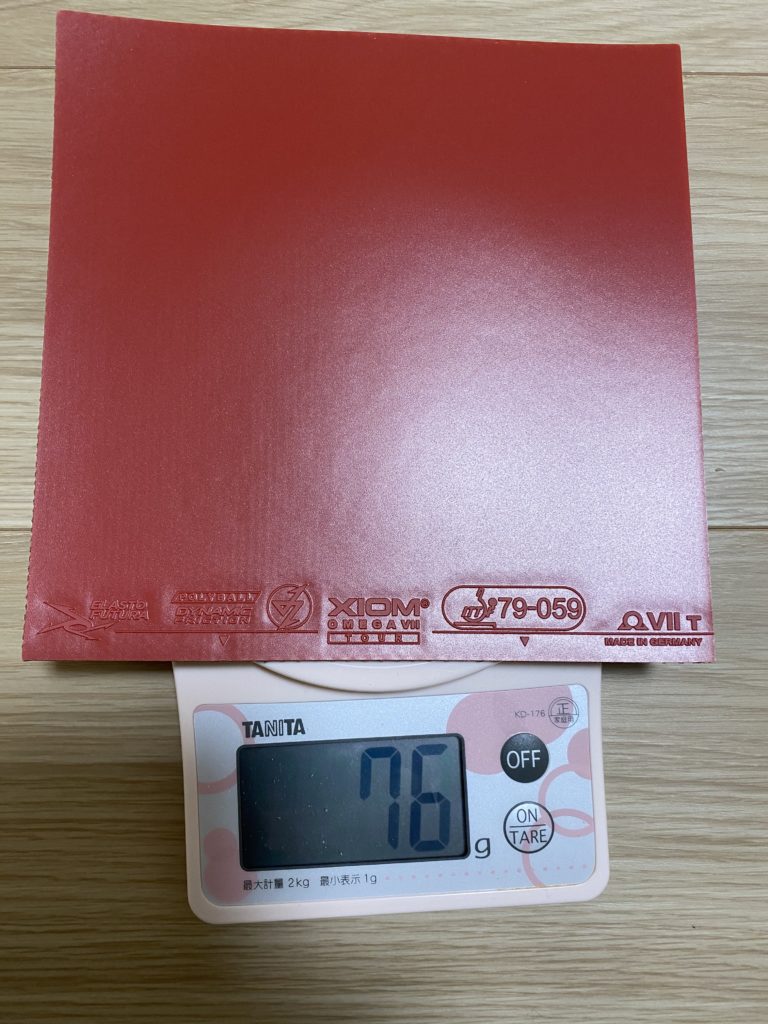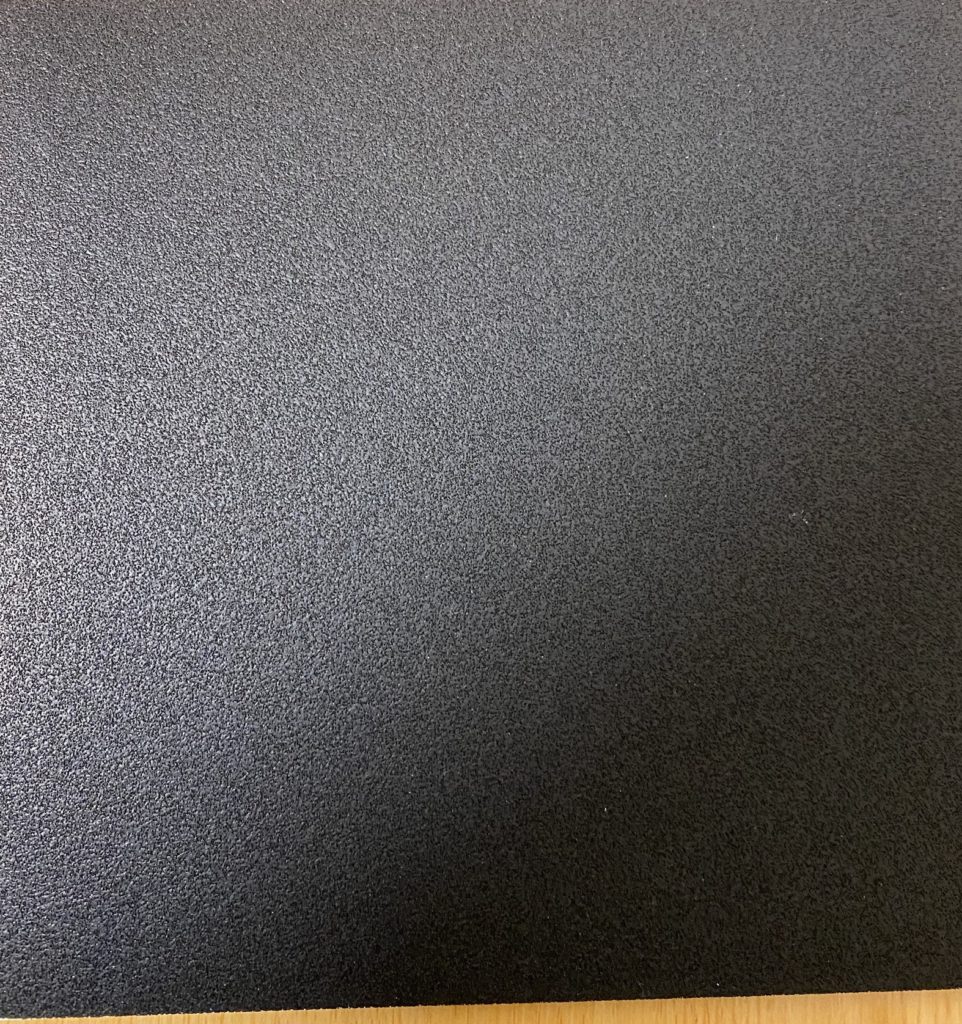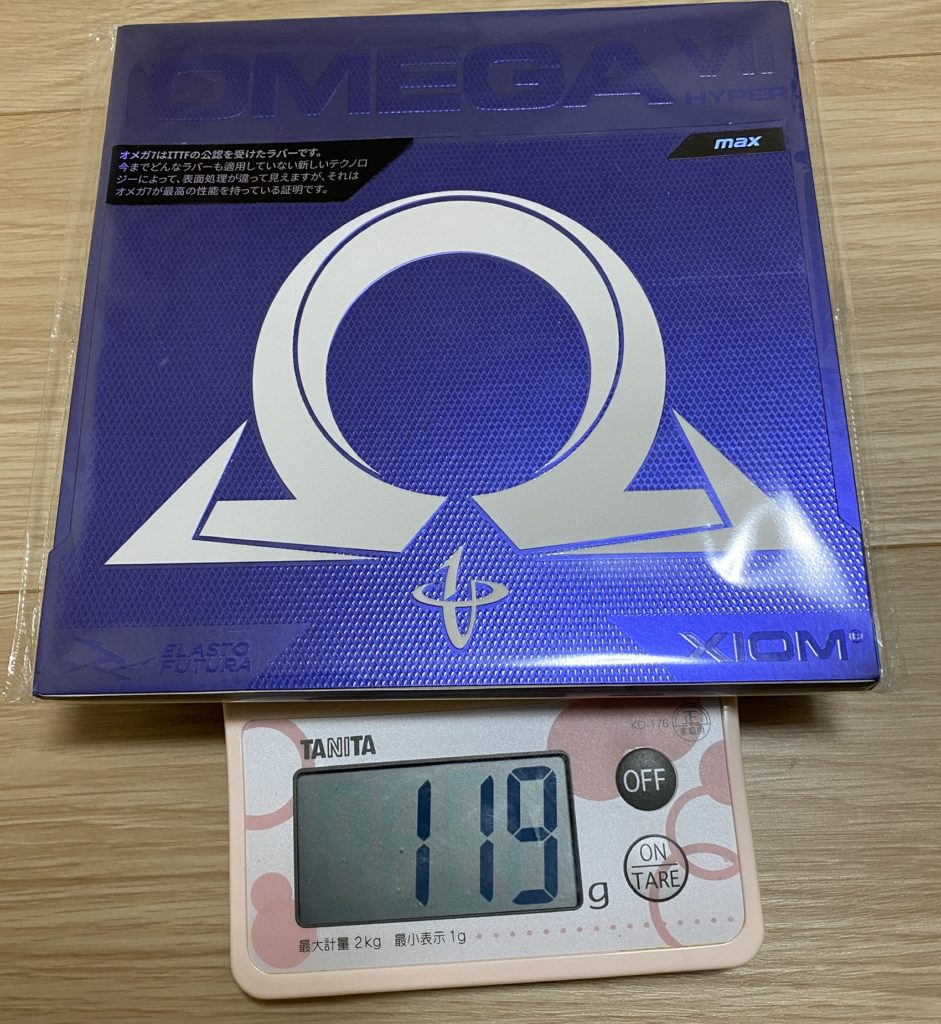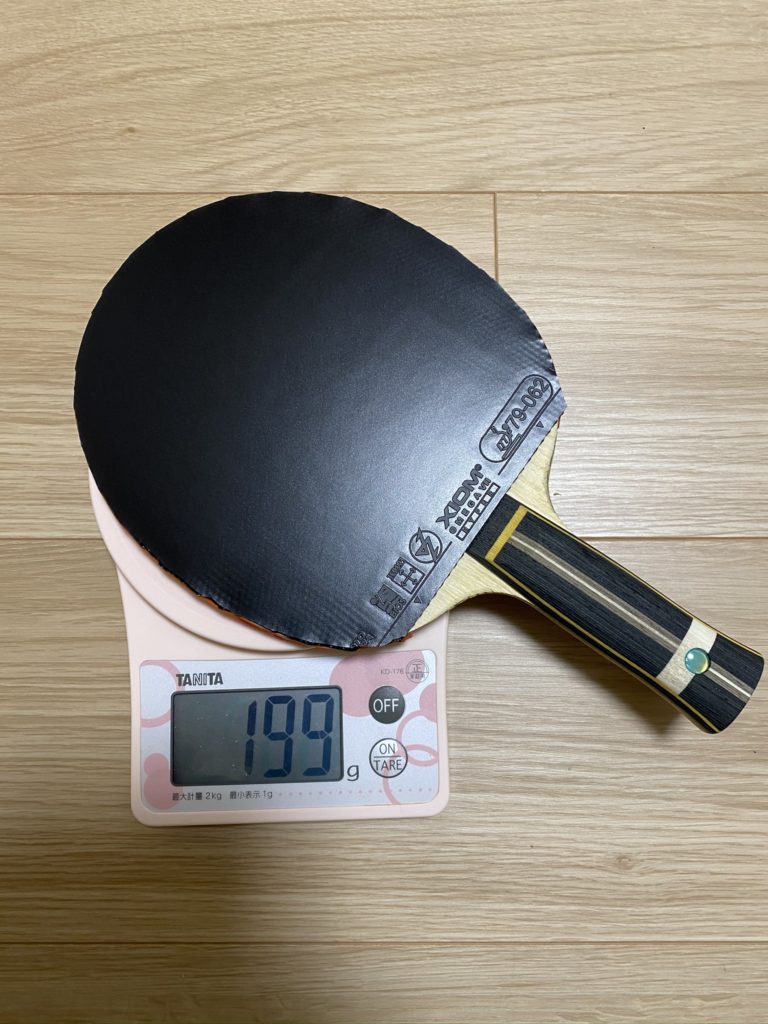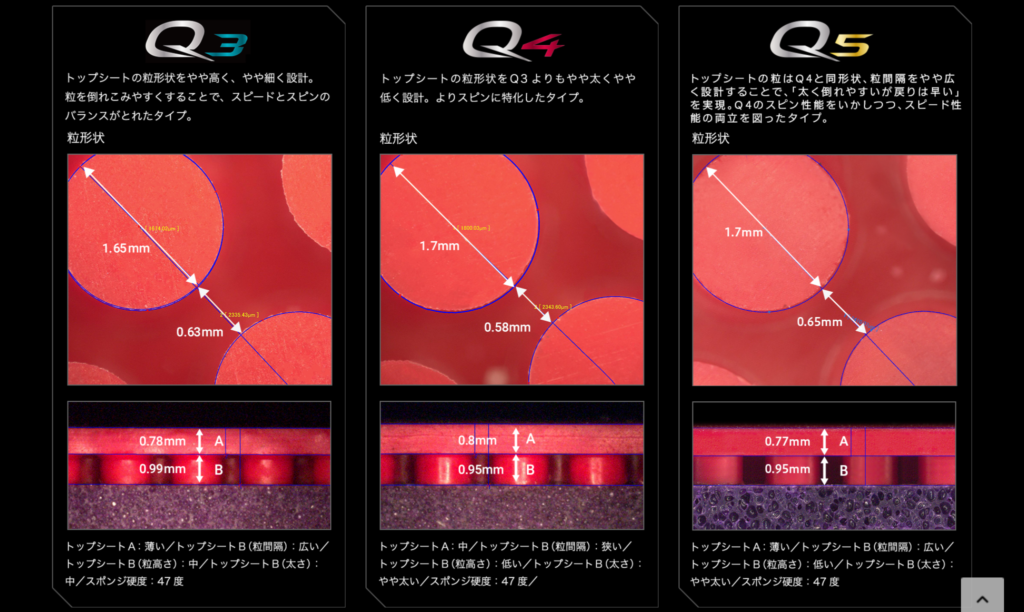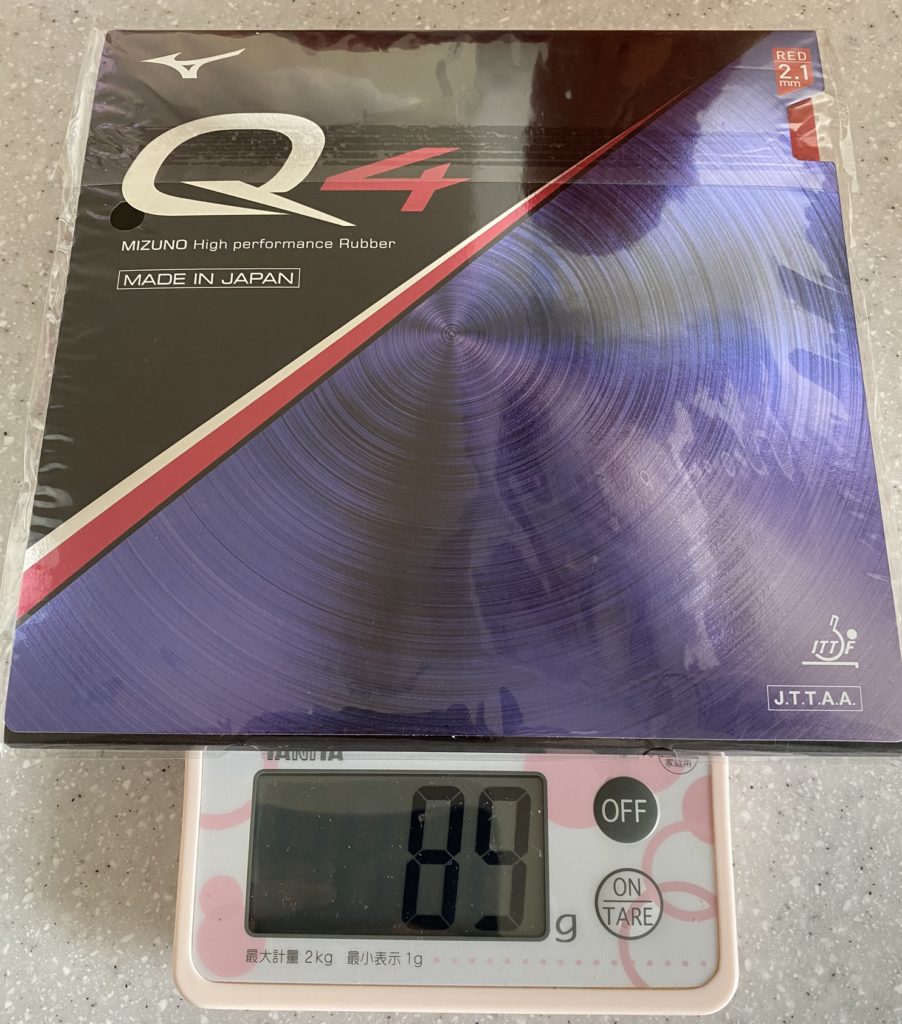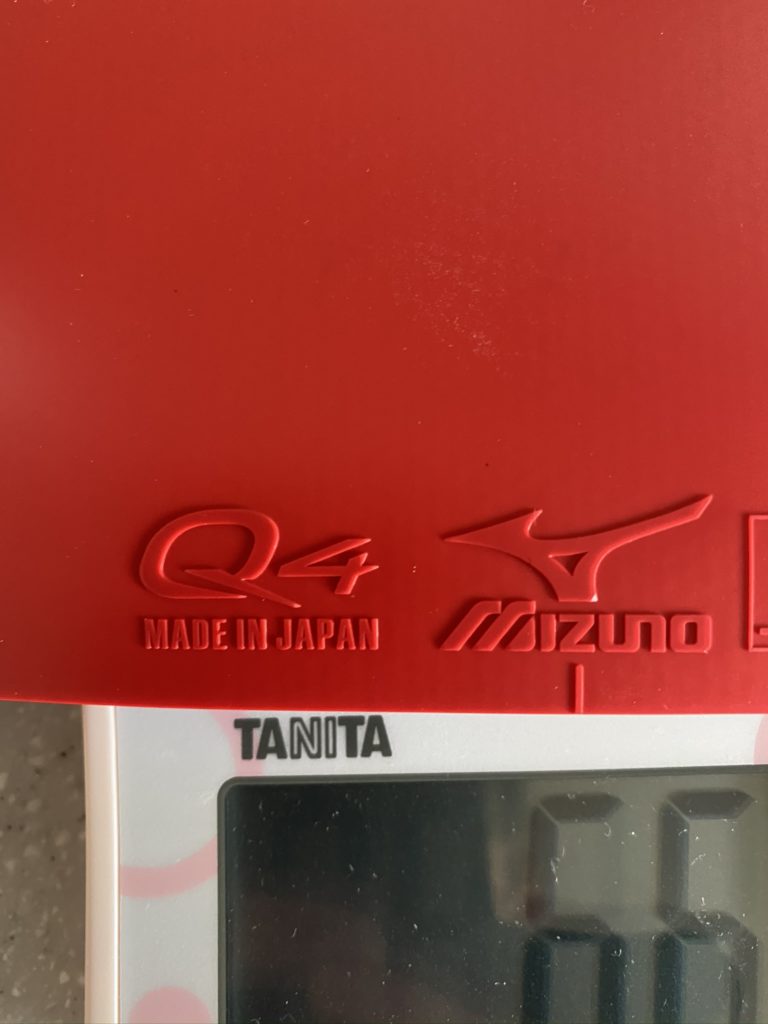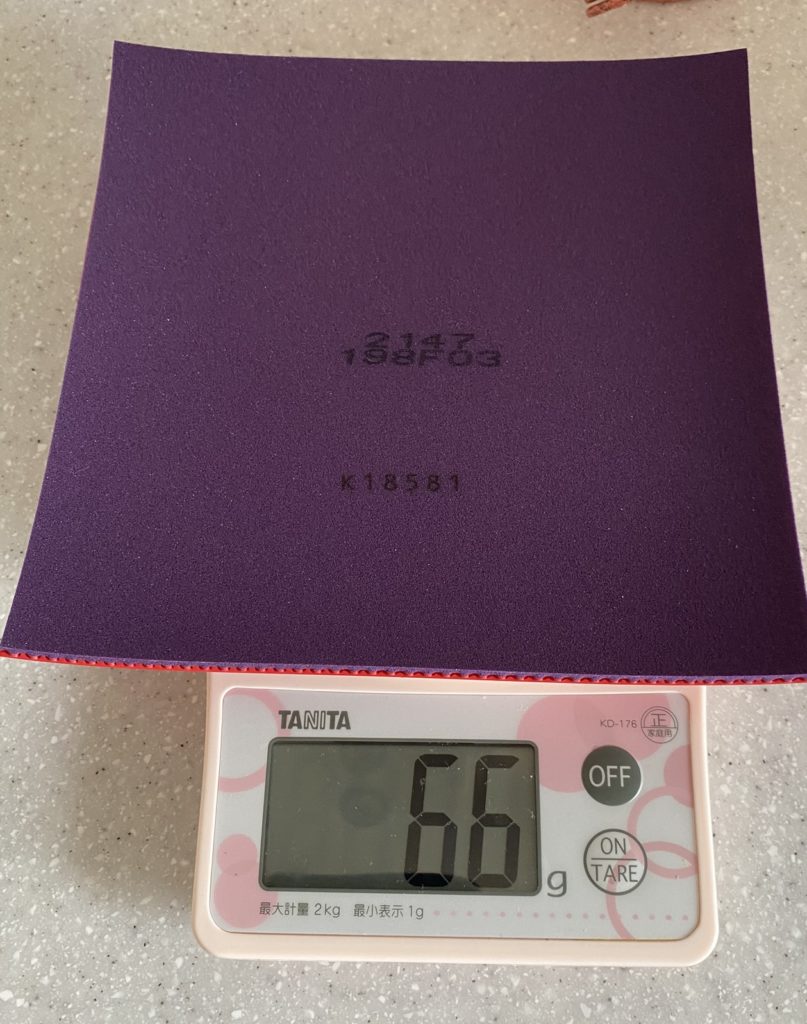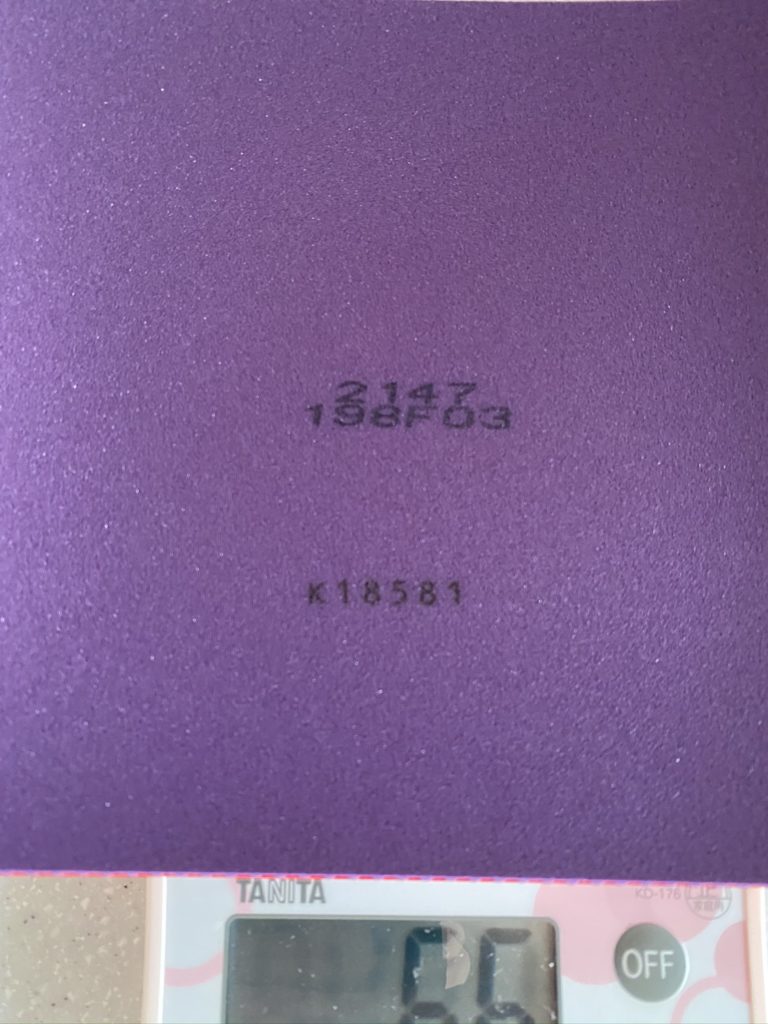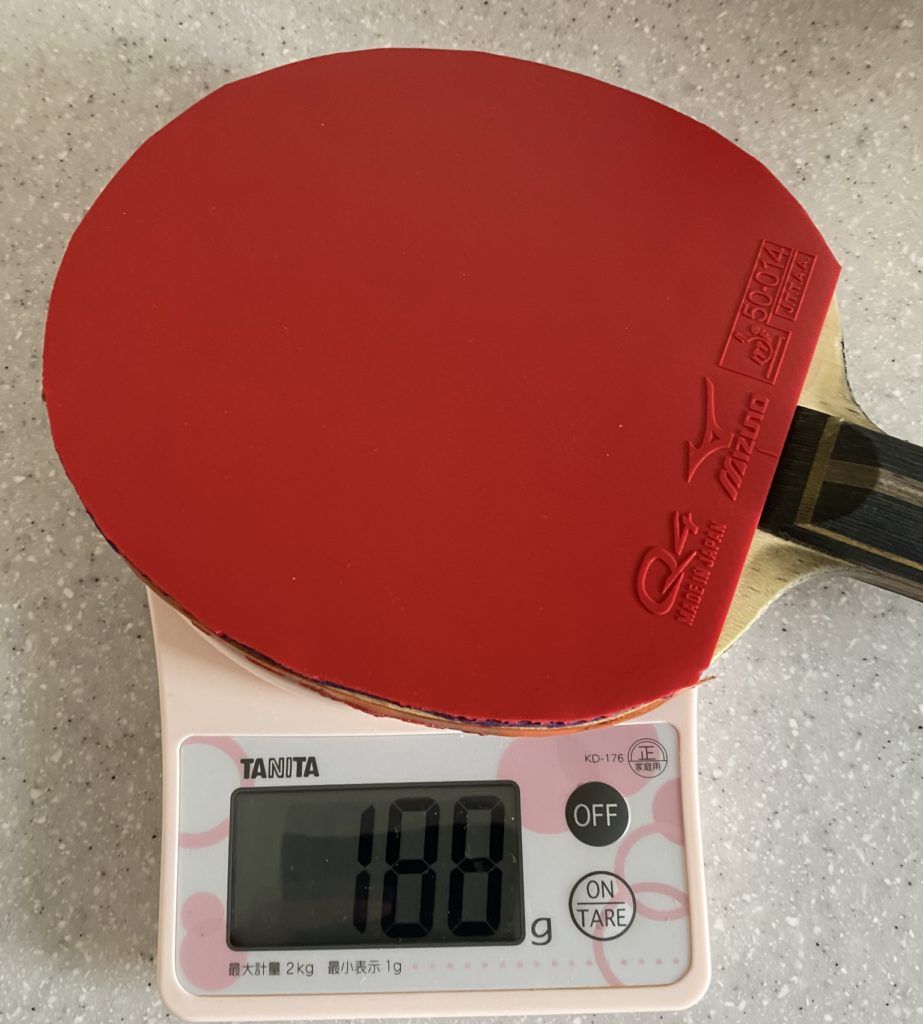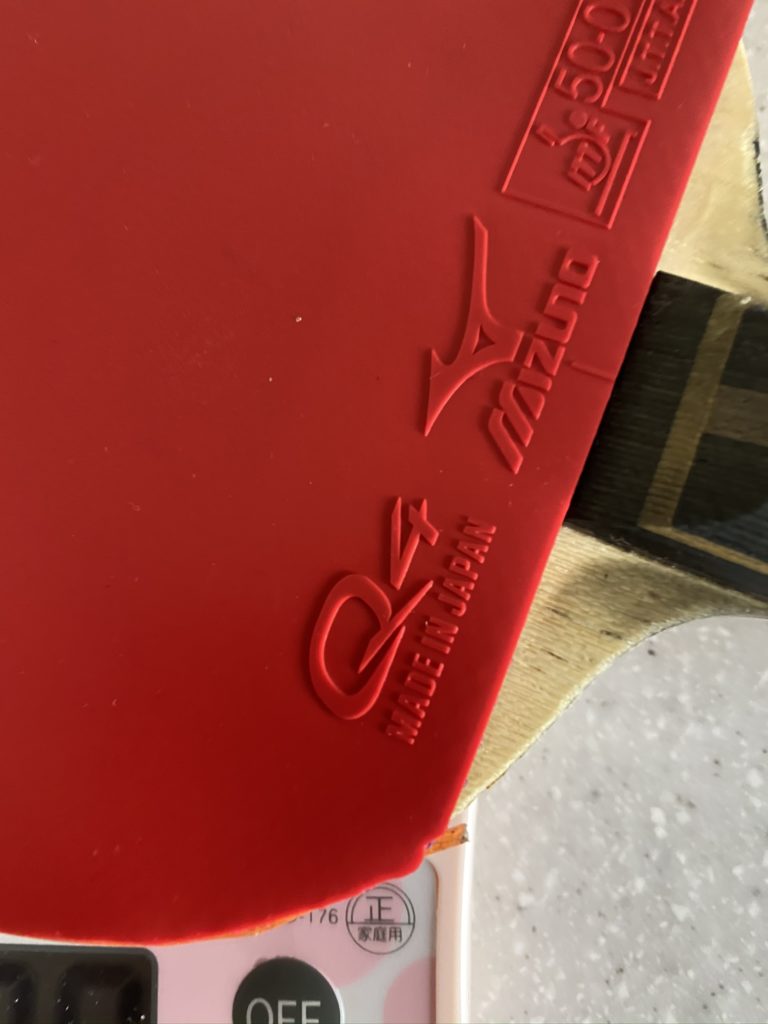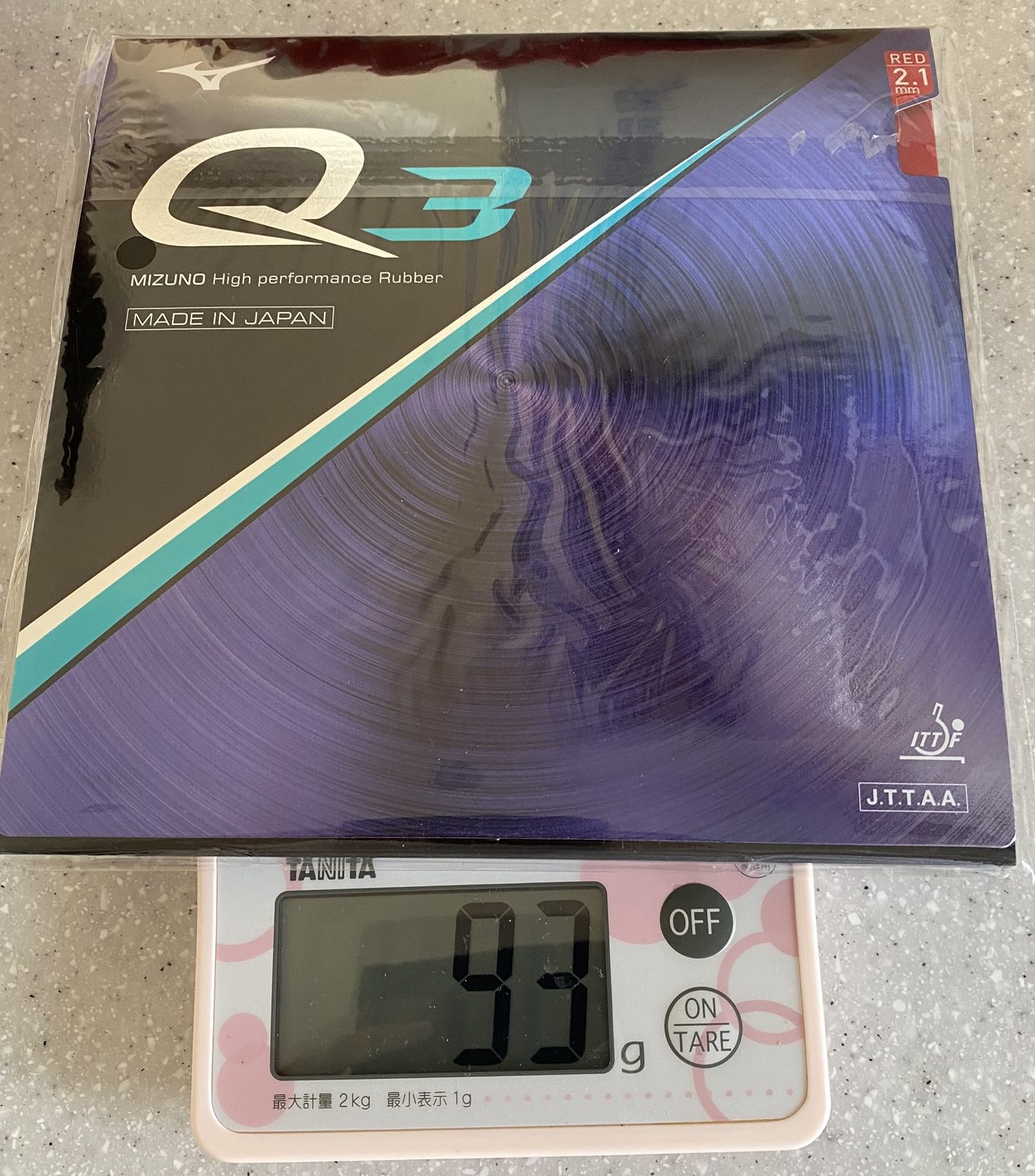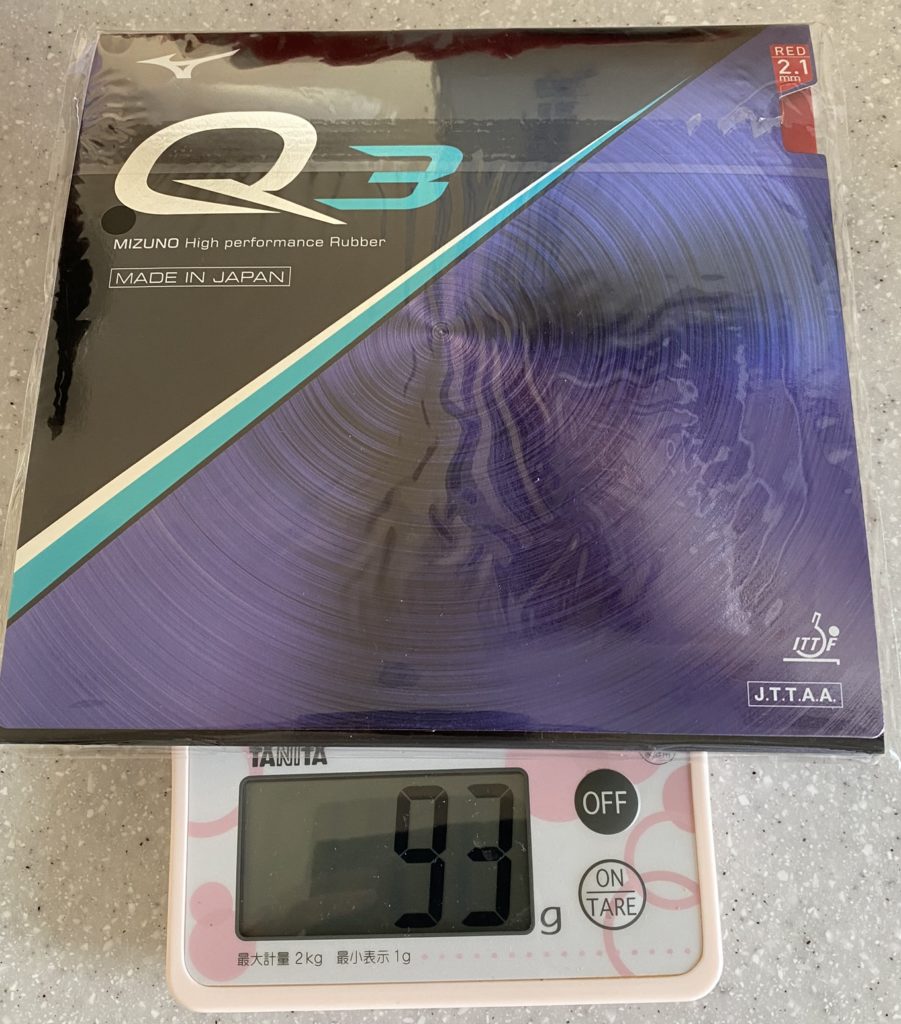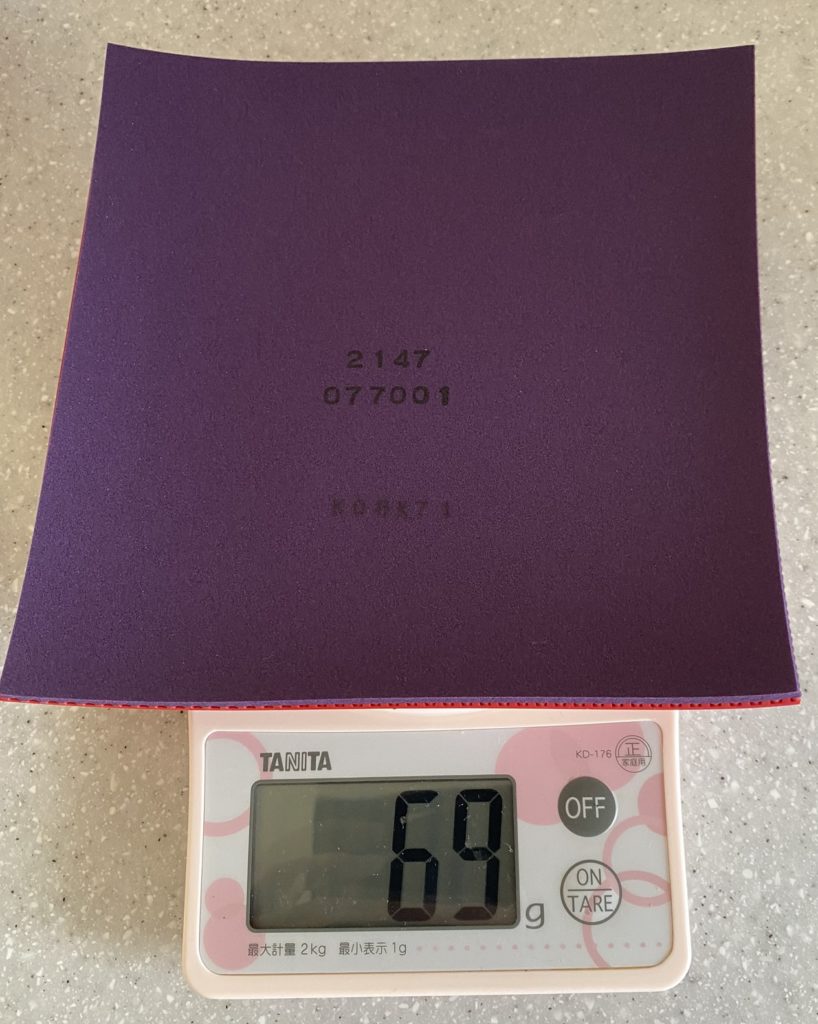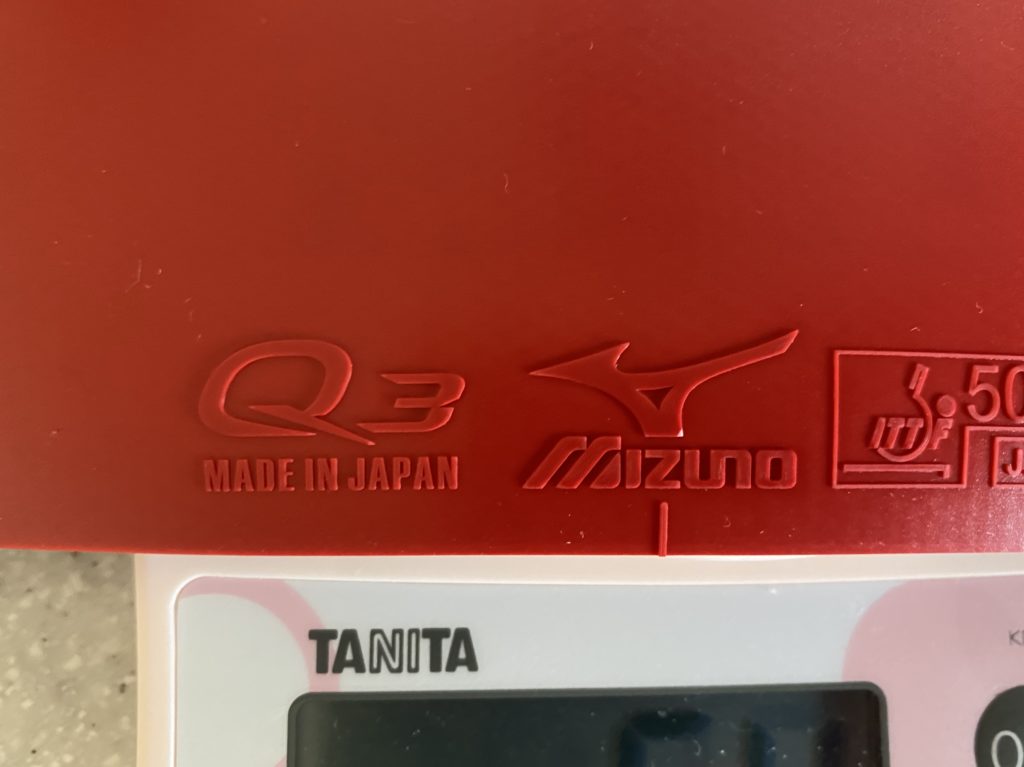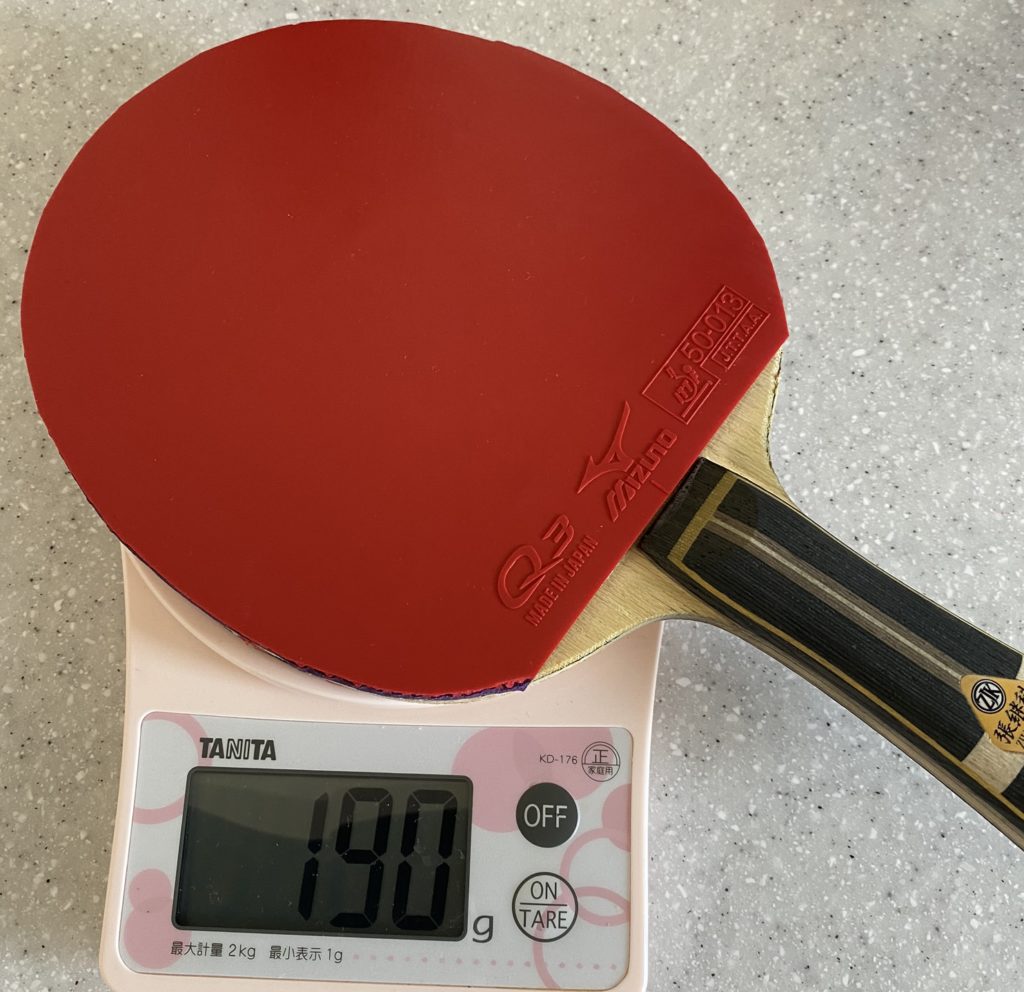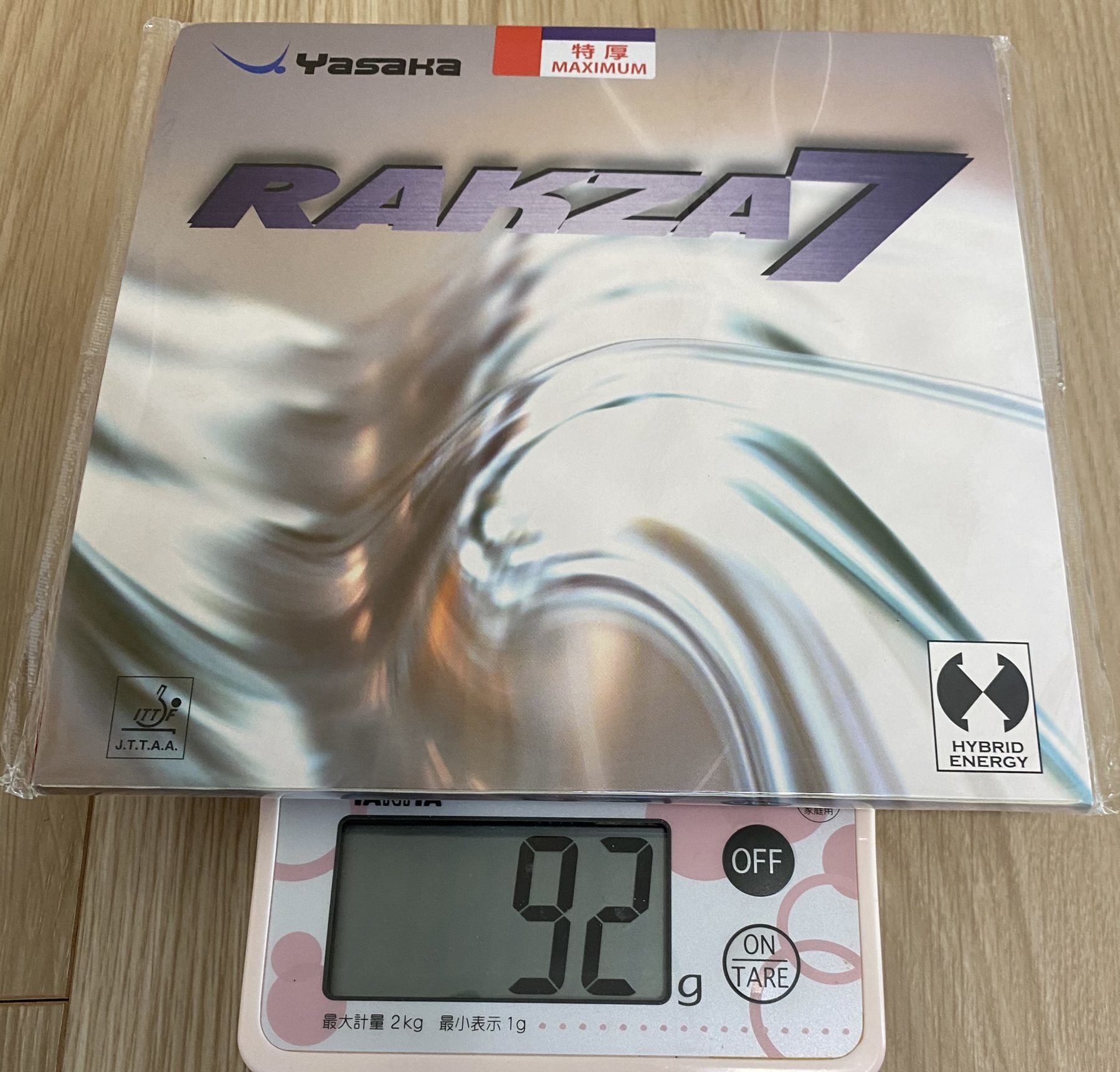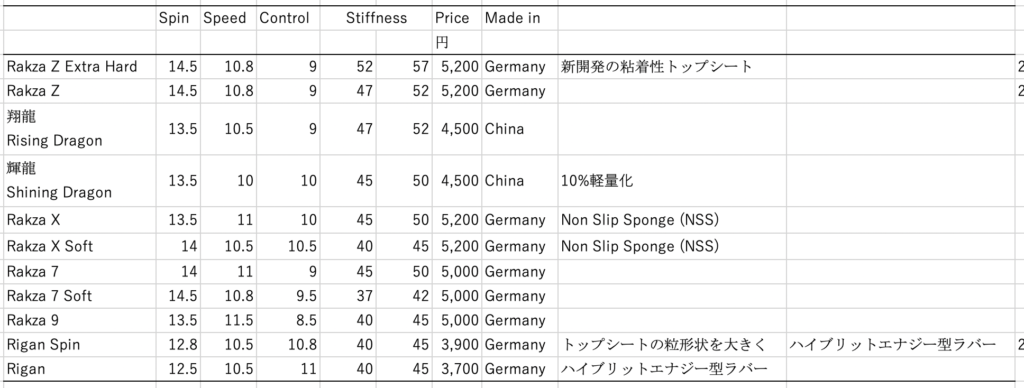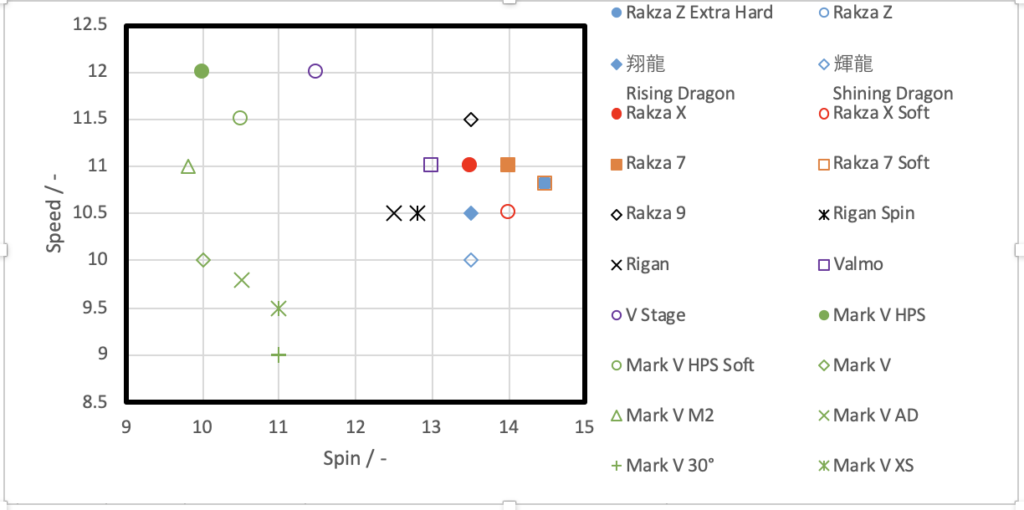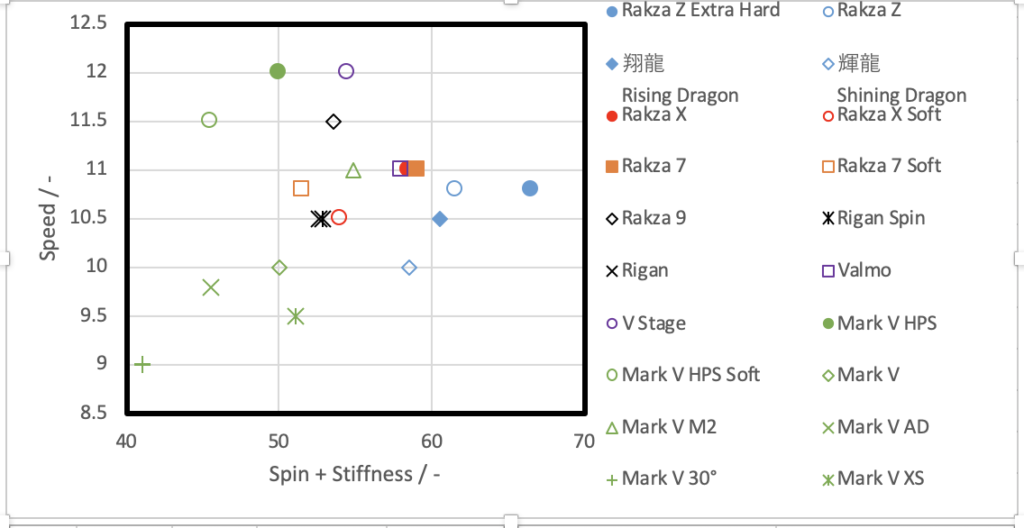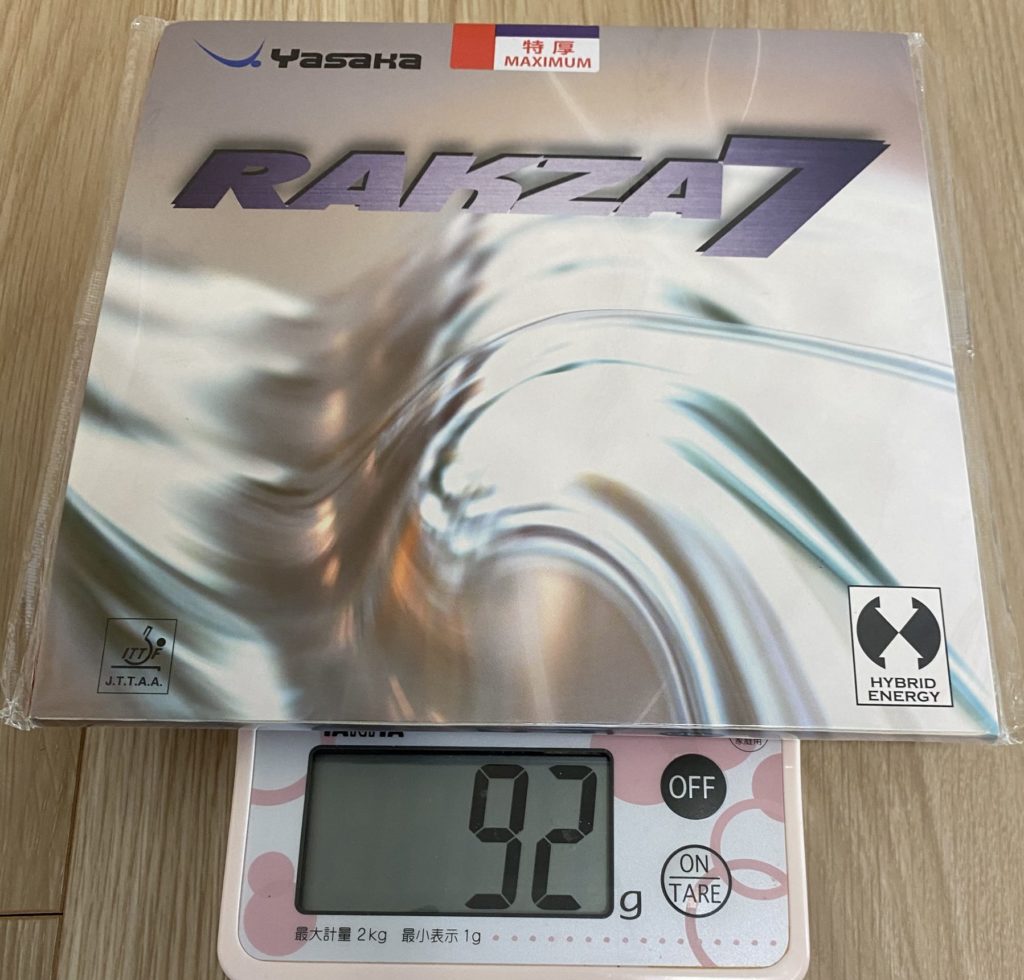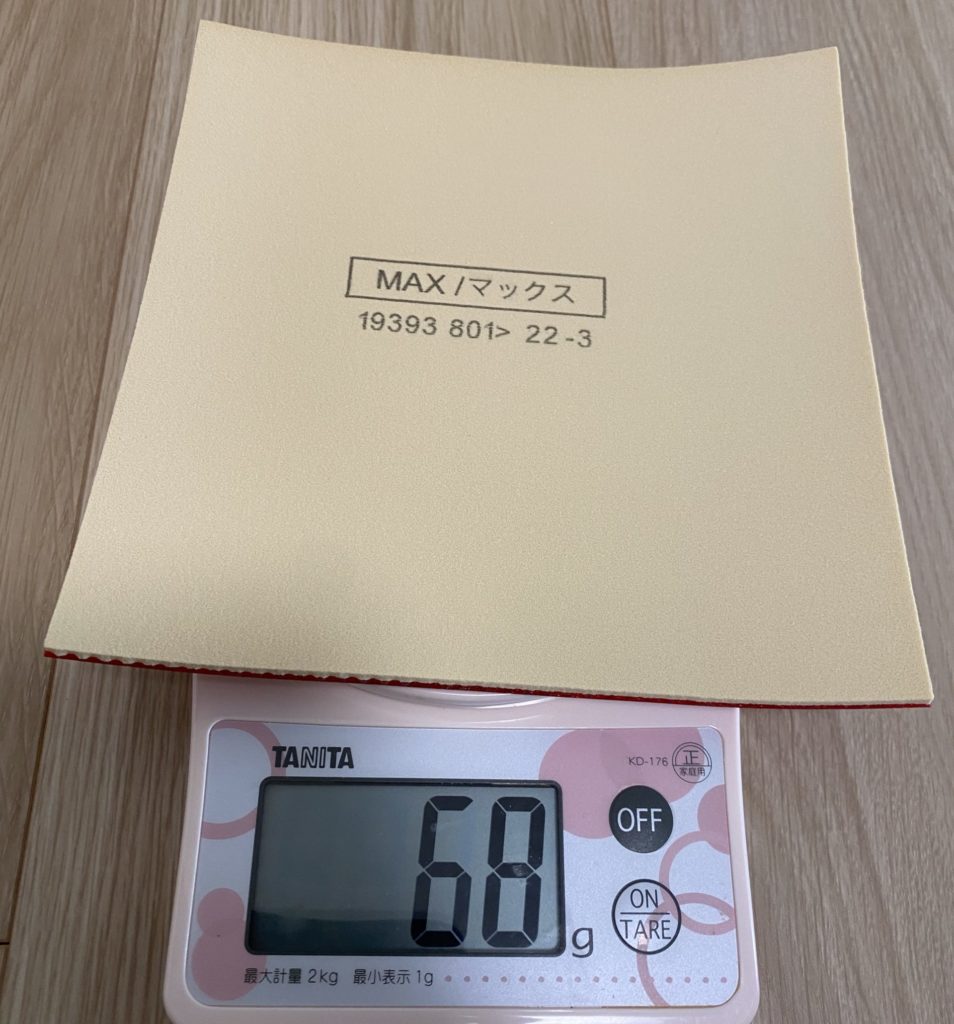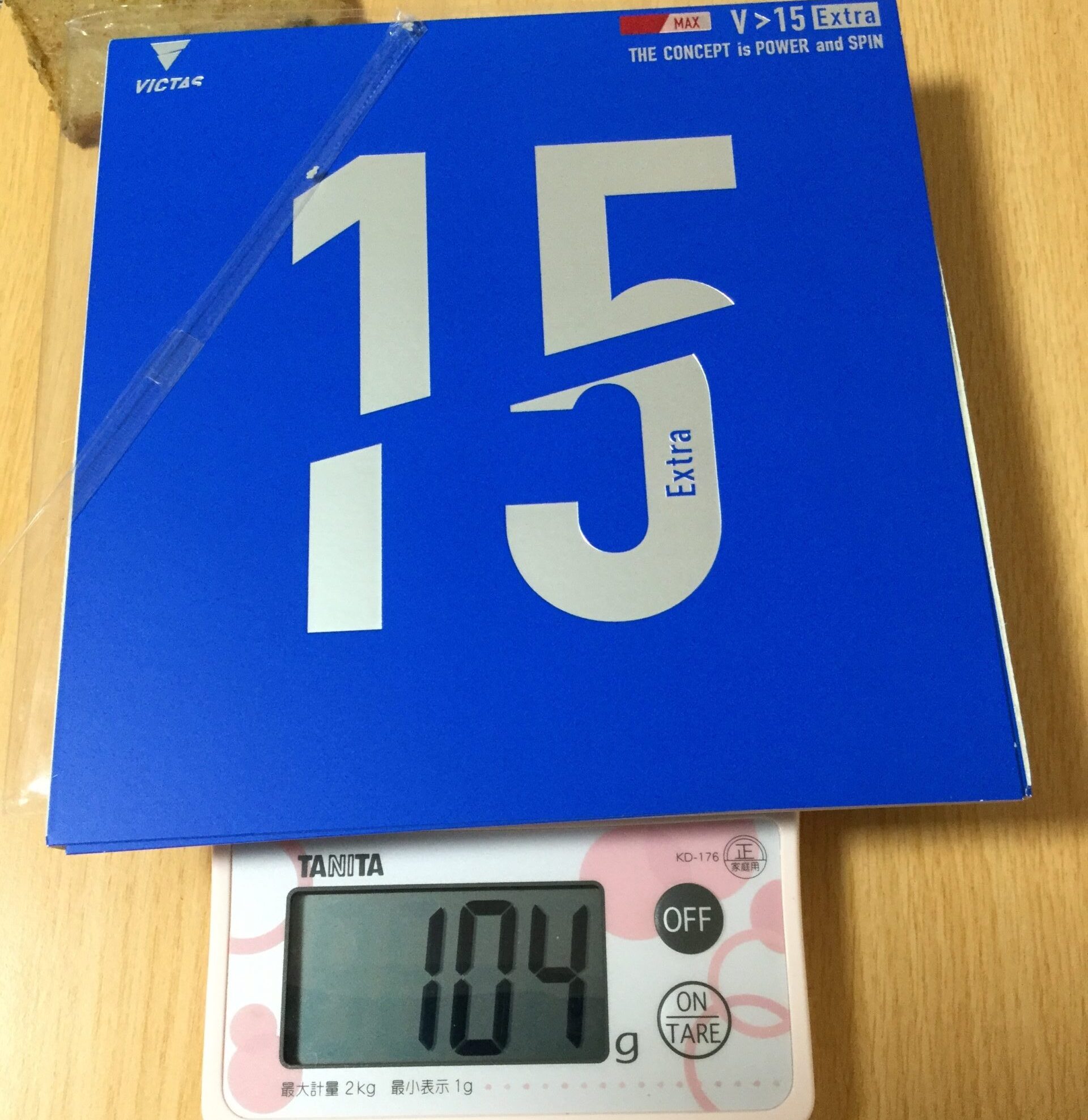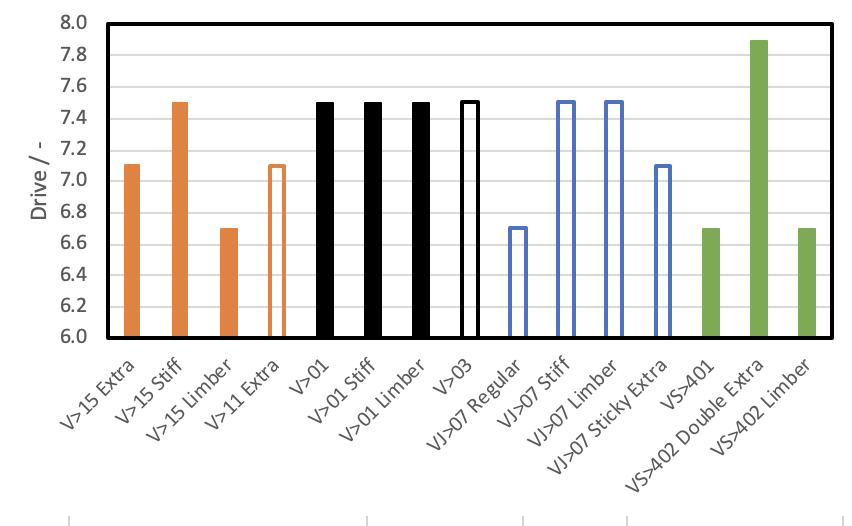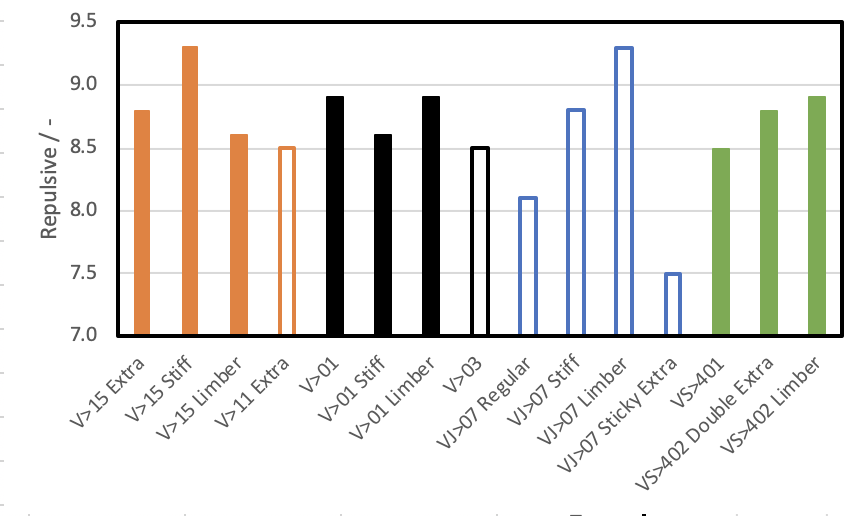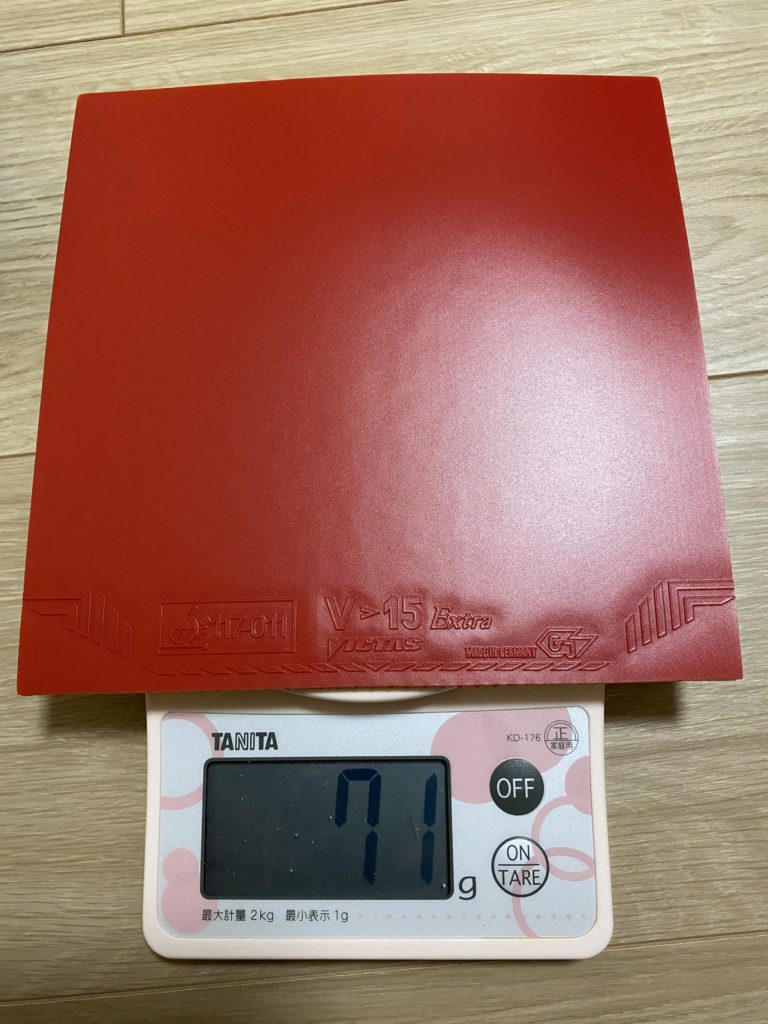Explanation
The rubber reviewed on this page is from the French table tennis maker cornilleau. In Japan, juic is the distributor. Although it is not a manufacturer with a strong presence in Japan, Cornilleau’s racket rubber is not bad at all. Cornilleau was founded in 1946 and is a historic manufacturer that began developing competitive rubber and rackets in 2009 under former world champion Jean-Philippe Gatien (France). Currently, they have contracts with different manufacturers, but the world’s top fantasista Simon Gauzy (France) and the fastest two-handed Hugo Calderano (Brazil) have used Conyor’s equipment in the past. It seems that it was. For example, Conyor’s 9-plywood Gatien Conquest (Gatien Conquest, thickness 6.0 mm, 97 ± 5 g) and Target Pro series rubber to be reviewed this time are said to be mentioned. Also, I remember seeing an article in the World Table Tennis Kingdom that a business team belonging to the Japan League got a good impression of Cornilleau’s racket and rubber in the past. Even in table tennis navigation, there are some reviews that it has exceeded the monster rubber Tenergy, and I think that it is a rubber with very high expectations.
In addition, this Target Pro series is said to be manufactured by the technology of Michelin, a tire maker famous for restaurant ratings.
Published performance value

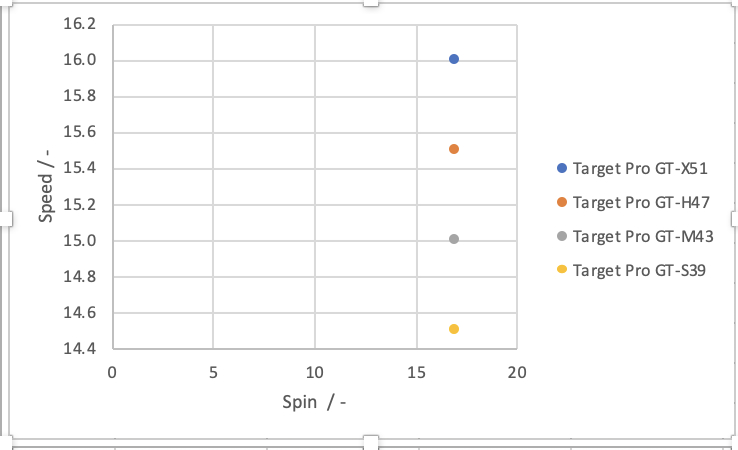
By the summer of 2020, there are four Target Pro series. This time katsuo000 is trying out X51 and H47. The last number is sponge hardness, and you can choose from four types of hardness. It is very easy to understand that the speed performance changes depending on the difference in sponge hardness.
The rubber that katsuo000 is paying attention to is the Target Pro XD series that was posted together. This Target Pro XD series is a rubber that has just recently been released. For katsuo000, I am interested in Target Pro XD 52.5, which seems to have the highest hardness. I would like to review it if it can be done within the year.
Target Pro GT-H47 sticking and weight
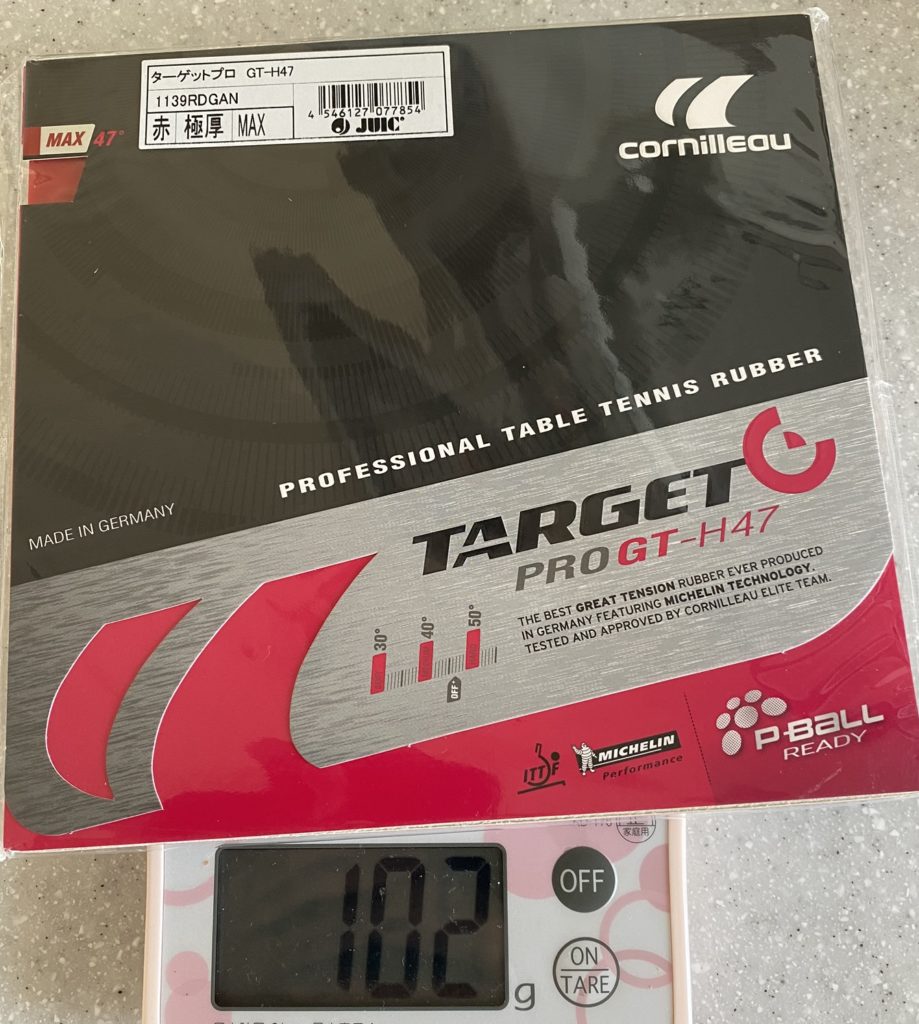

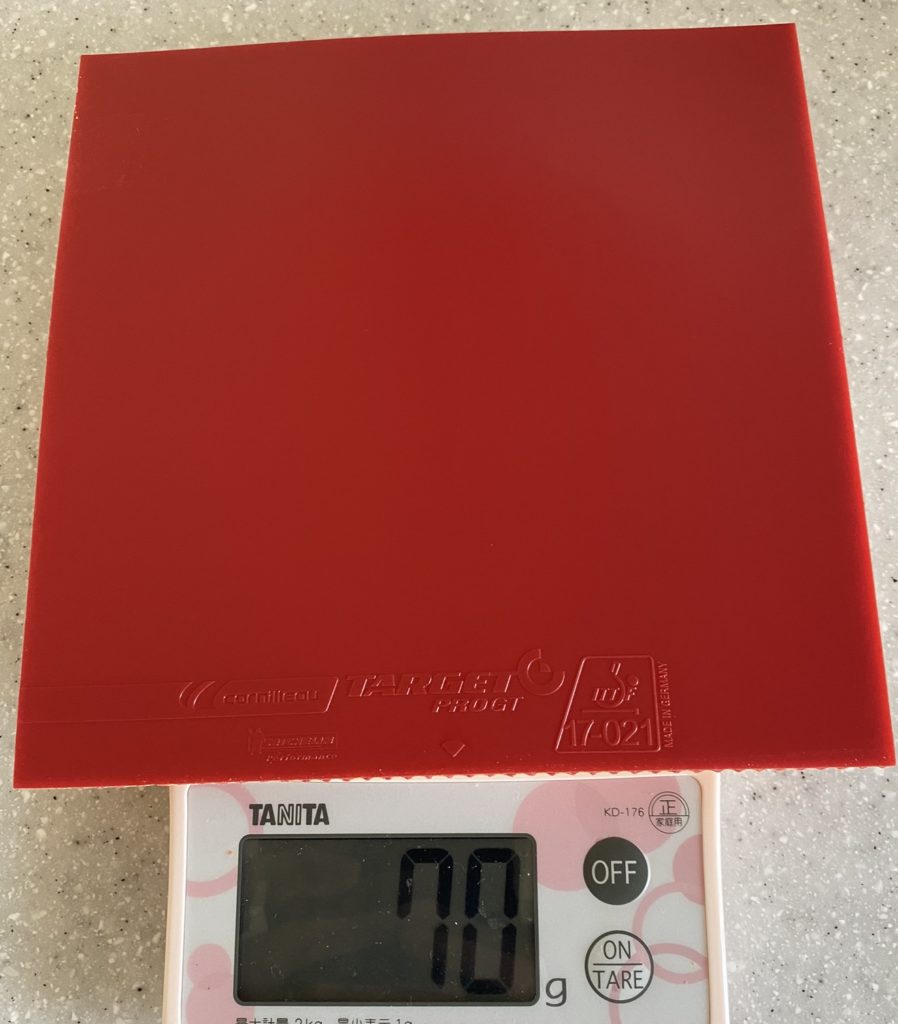
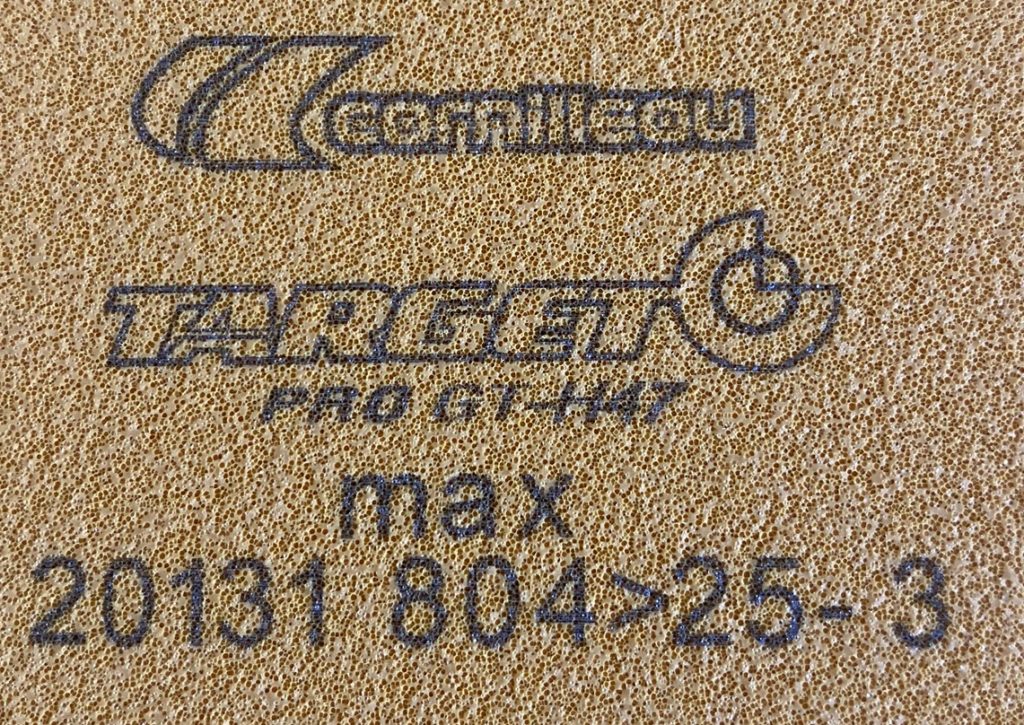
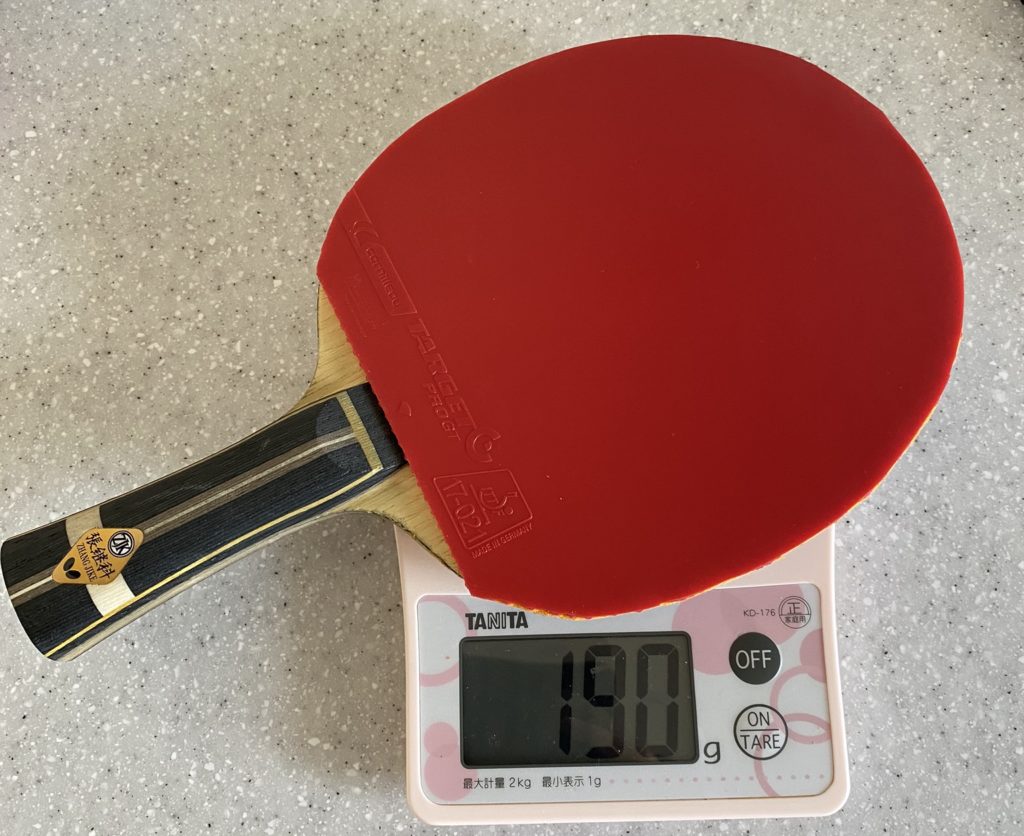
It’s a normal weight! It’s moderately soft to the touch and seems to be quite easy to handle. I think it’s a high-end rubber-like weight.
Target Pro GT-H47
Made in Germany
・Sponge Thickness: 2.0 mm, MAX
・Speed: 15.5
・Spin: 17.0
・Sponge stiffness: MH (47)
・6,800 yen + tax
・70 g 'before cut) → 47 g (after cut)
Three features of Target Pro GT-H47
Super honor student rubber without socks! A rubber just like Tenergy!
I felt the goodness of the first-class product in terms of ball bite, control, stability, spin performance, and speed performance! The ball has a good hold for its hardness, and it can be used well in the back! The arch line is a little low and tends to be a straight ball, and I felt that it was an aggressive rubber in a sense of stability. If you use it in the foreground, you can get a strong amount of rotation and withstand a strong impact, but on the other hand, it has a sufficient amount of rotation and speed even in the back, and it is easy to hit meat, so it is a very smooth rubber! If you are interested, why don’t you try it once.
Push, the stop stops firmly! Easy to do counter drive! Just an honor student!
On the contrary, when the hardness is soft, it is easy to reach the racket plate and it is easy to bounce. As a result, it may be difficult to make a tsutsuki or stop, but this Target Pro GT-H47 was very easy to make a tsutsuki or stop. Perhaps the sheet is strong, and the sponge is designed so that it is difficult to bite into a certain force or less, and it is easy to bite into a certain force or more. Therefore, if anything, it is a rubber that is stronger against the rally of the upper rotation than the downward rotation hit, and although it stops suddenly on the receive table, it is a rubber that gives a sense of stability and the amount of rotation as it becomes a rally. I felt that! I think it is a characteristic required for modern table tennis! It’s just an honor student rubber!
A rubber rally with a sense of stability!
Rather than a strong amount of rotation, I think that it is a rubber that competes with stability, ease of counter drive, and rally meetings! I don’t think it’s a rubber that competes with the power and habit of one shot. Compared to Tenergy 05, I feel that the amount of rotation is higher in Tenergy, but it is easy to handle, difficult to be affected by rotation, easy to counter drive, meet and smash, etc. I think that it is a rubber that can be handled in the same category as Tenergy 05! GT-H47 seems to be cheaper and has a longer life than Tenergy, so if you have no reason to have Tenergy 05 and you are choosing Tenergy, I recommend you to try GT-H47 once. increase.
Each technics review
Forehand
Light hit
The impression was that it was neither too hard nor too soft.
Drive on long balls and rallies
The bite is good. I didn’t feel like falling. On the other hand, I felt that the amount of rotation was a little insufficient in the foreground. Since the sponge is easy to bite into = soft, there was a part where people who used adhesive rubber for the fore felt that it was a little too soft and the amount of rotation was weak.
Drive with open face
I didn’t feel like hitting the racket board, and I was able to fly while spinning, which was a very good impression. This part may be due to the sponge itself, not the hardness of the rubber. This part is a very important factor when hitting a speed drive, and I think that the feeling of falling tends to become stronger when it reaches the racket. Although it is a part of personal feeling, I would appreciate it if you could refer to it.
Loop (top spin) drive against back spin
I felt that the loop drive could be released with the minimum amount of rotation and high quality. Therefore, I felt that it could be used for the foreground.
Speed drive against back spin
It was very easy to do! Although it bites well, it does not reach the racket board, and there is a feeling that it can be rotated firmly and there was a sense of stability.
Curve / shoot drive
It wasn’t that hard rubber, so it wasn’t harsh, but I was able to hit it with a curve / shoot. I thought that the lack of this good balance was like this rubber.
Block
It was easy to do. For a strong drive, it felt like it was spinning, but overall it was easy to do. This was also a good feeling.
Counter drive
I’m glad that the overwrite counter drive was easy to do.
Stop
It was easy to stop. I didn’t feel like I was flying with Poyon.
Push
I felt that I had a long time holding the ball because I could grip it firmly. It was easy to control. I think it will expire.
Serve
It was good to be able to cut it firmly. I felt that the minimum amount of rotation could be obtained.
Backhand
Light hit
I didn’t feel the hardness.
Drive on long balls and rallies
Even if I hit it quickly, it took a drive without permission and it was a speed drive, but it was stable. It’s a good rubber!
Loop (top spin) drive against back spin
I felt that there were many net mistakes, probably because the arc line was a little low. It may be an arm problem.
Speed drive against back spin
This was easy to do on the contrary. It may be because it tends to be a meat type speed drive.
Block
It was easy to do because it wasn’t affected by the rotation so much, even though it bite into it.
Stop
It was easy to do.
Push
It was good that this was also low. I also felt that I had a ball.
Chiquita
It was very easy to do. I was able to do Chiquita with confidence.
Comparison with other rubbers (personal impressions)
Max spin amount
Target Pro GT-X51 ≧ Tenergy 05 > Tenergy 80 > Target Pro GT-H47 > Tenergy 64
Ball holding
Tenergy 05 ≧ Target Pro GT-H47 > Tenergy 80
Tenergy 05 > Target Pro GT-X51 > Tenergy 05 Hard
Speed
Dignics 05 > Tenergy 80 ≧ Target Pro GT-H47 > Tenergy 05
Dignics 05 > Target Pro GT-X51 ≧ Tenergy 05 Hard > Tenergy 05
